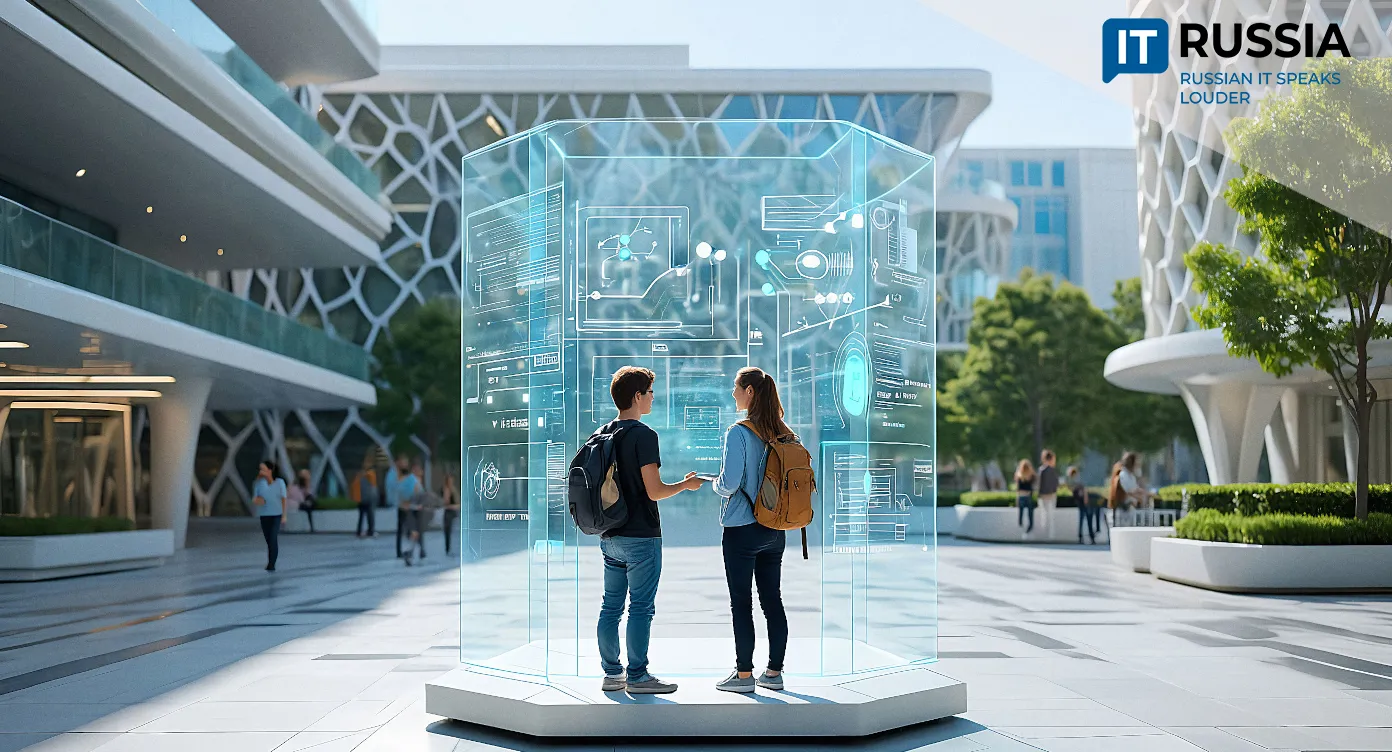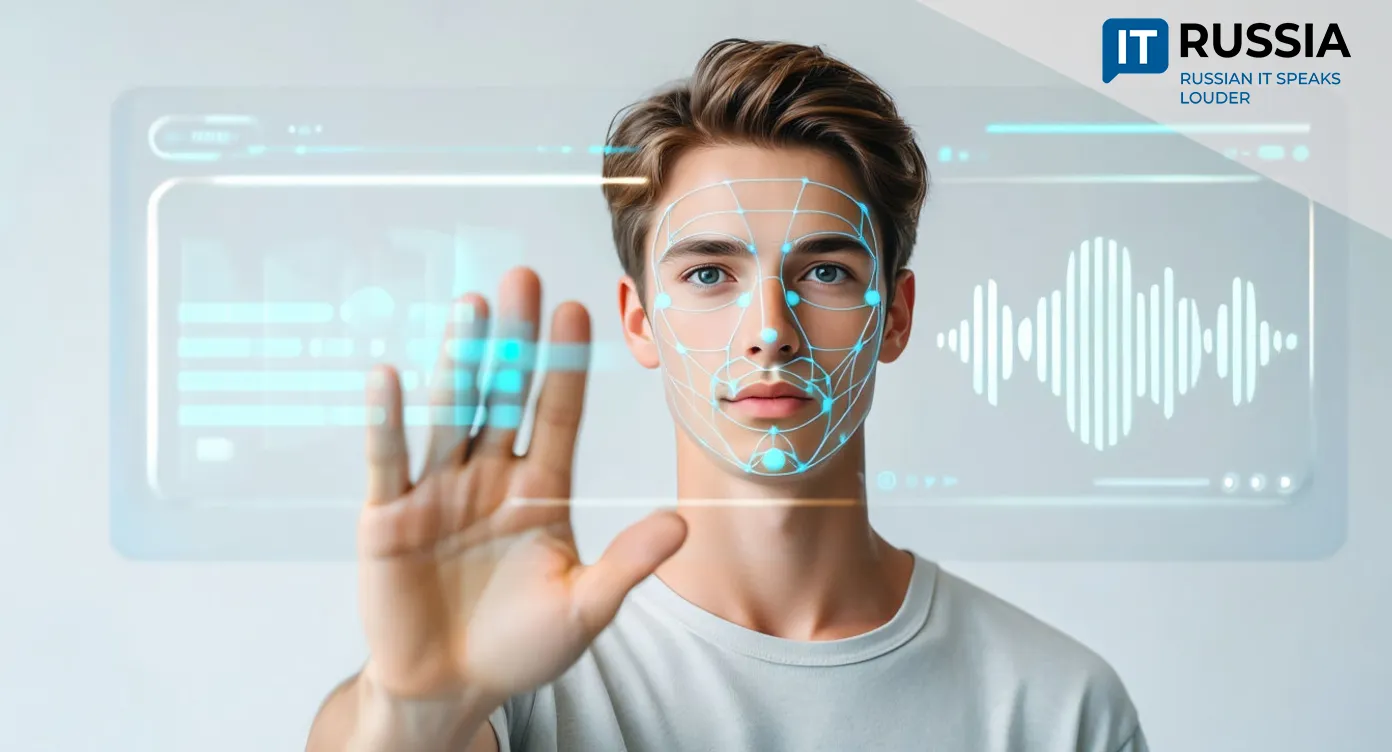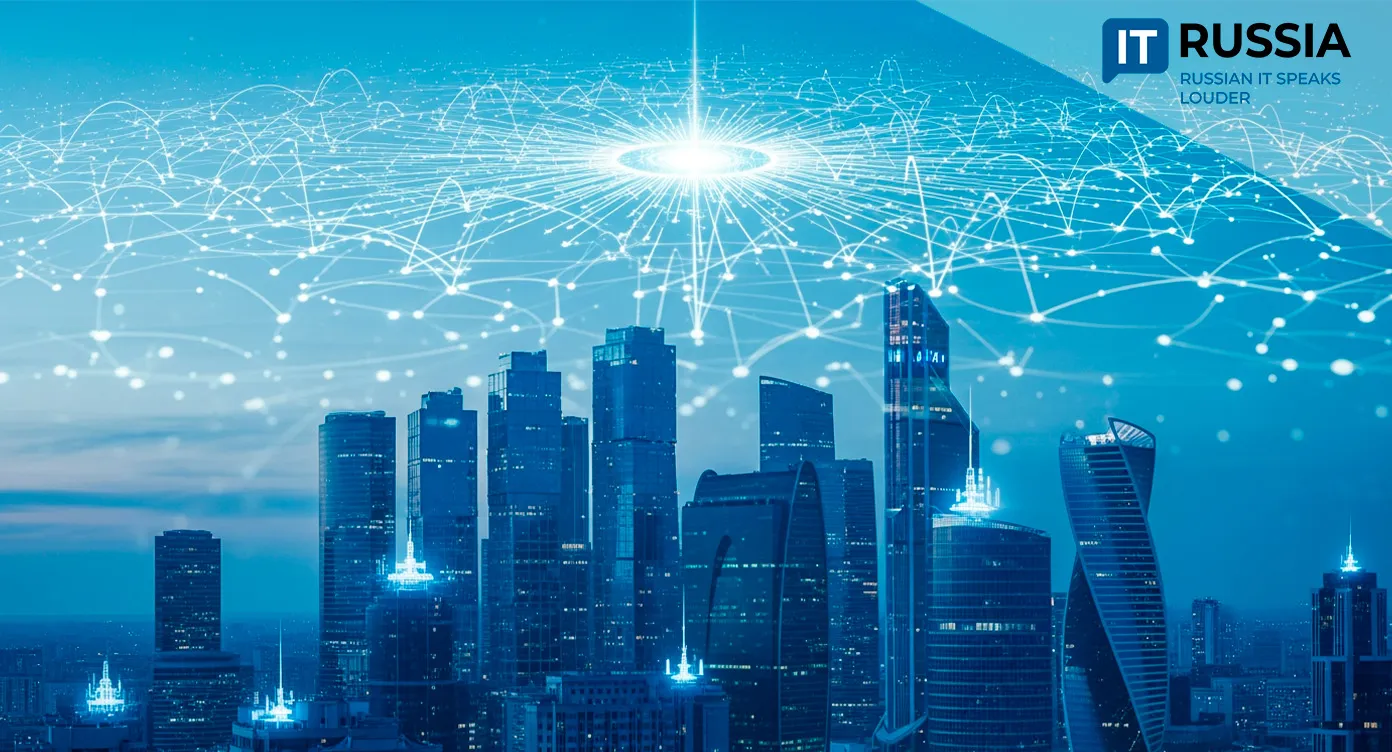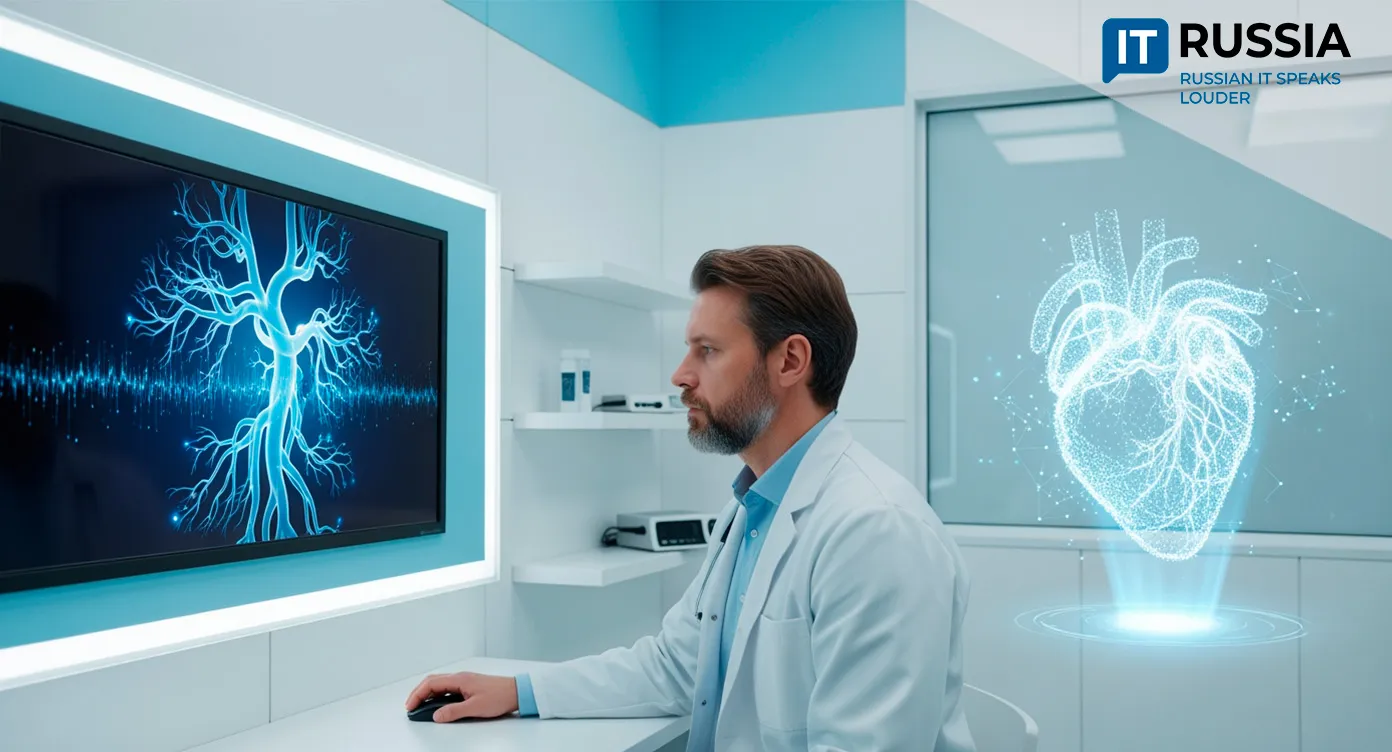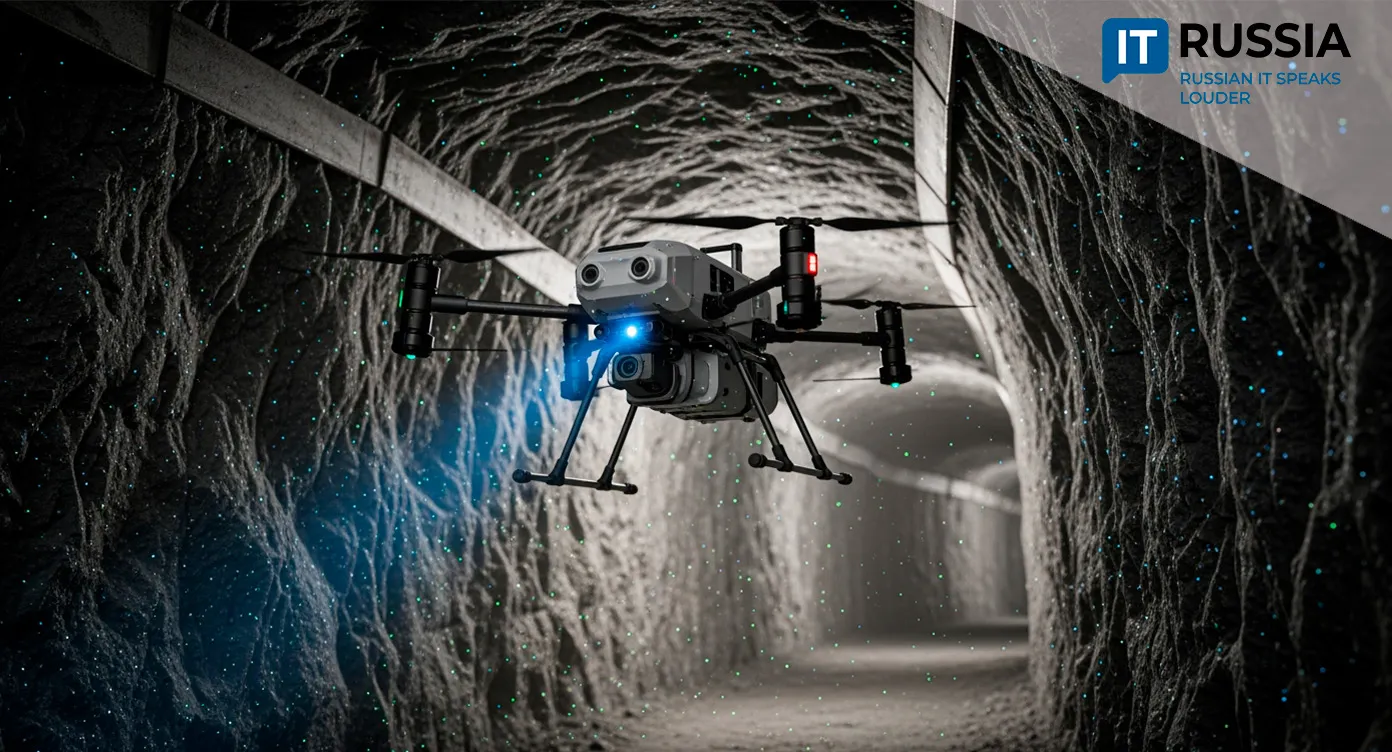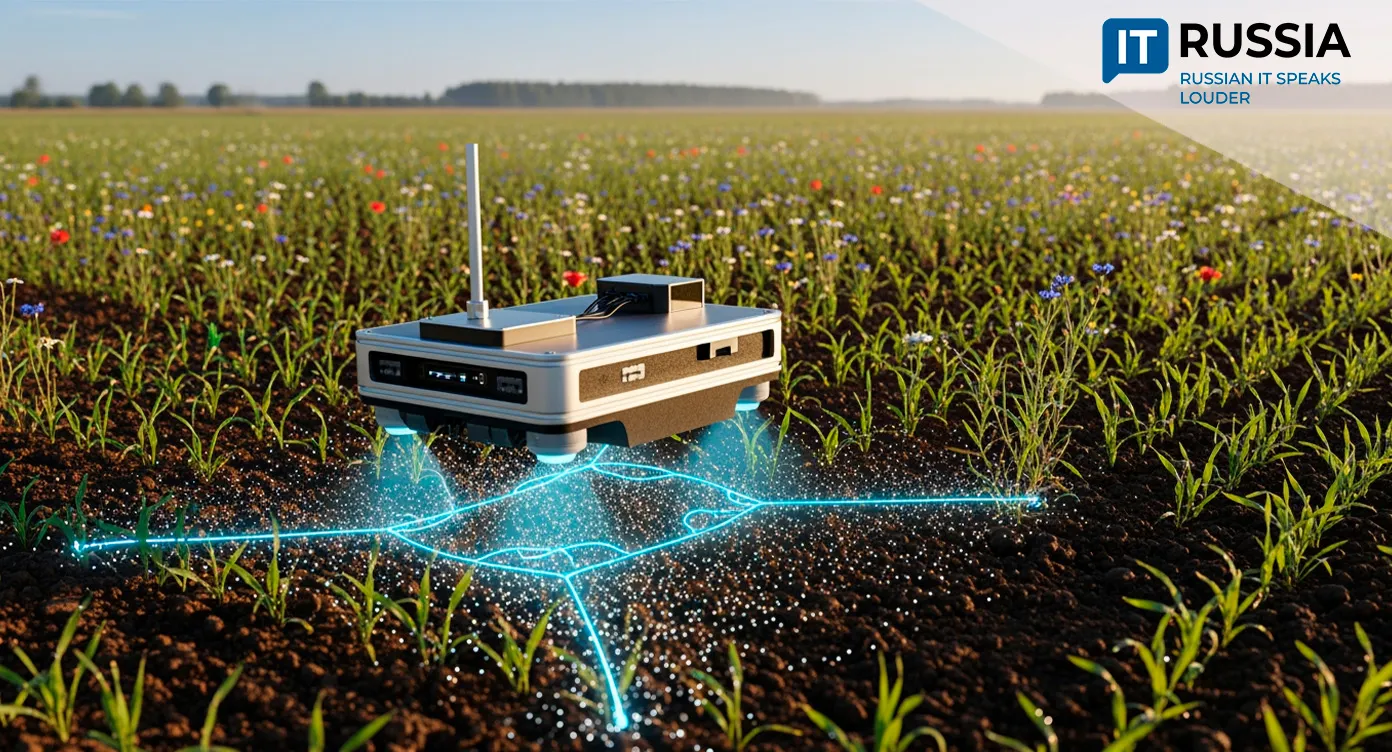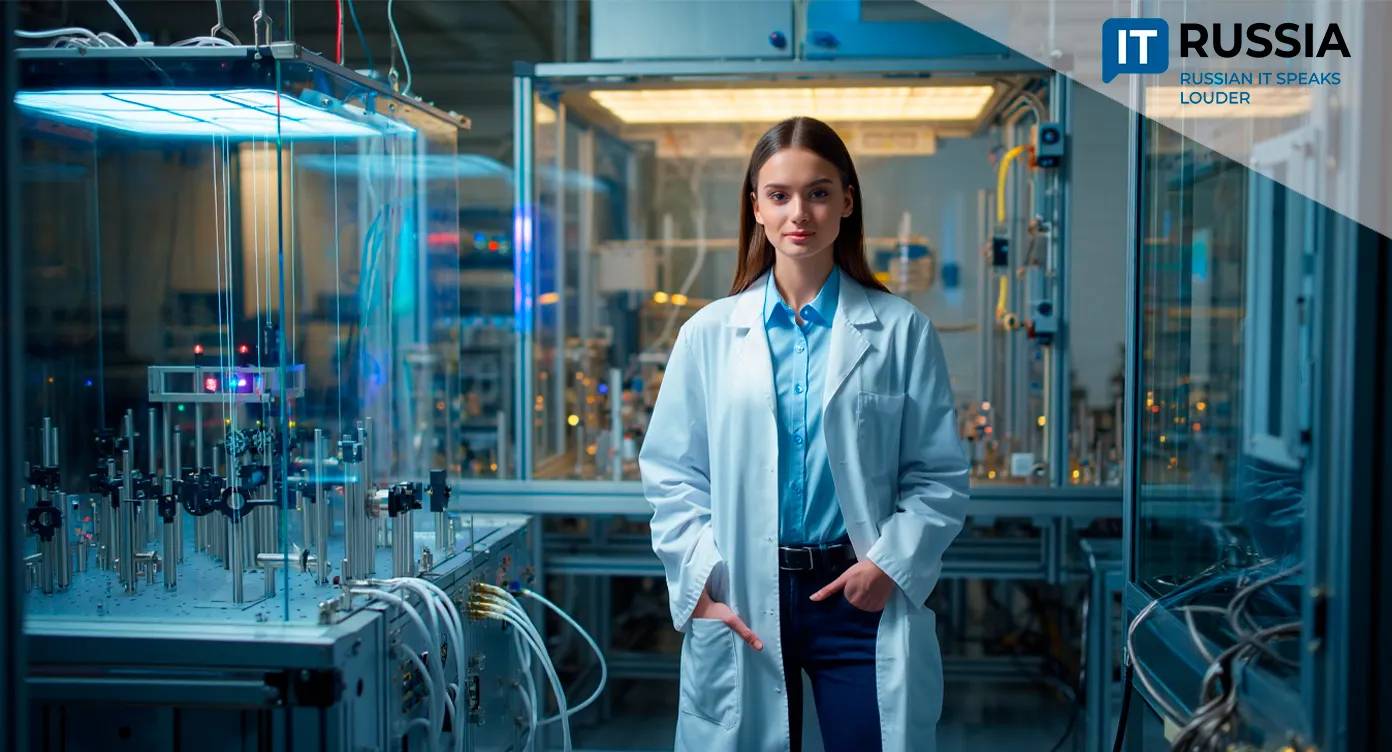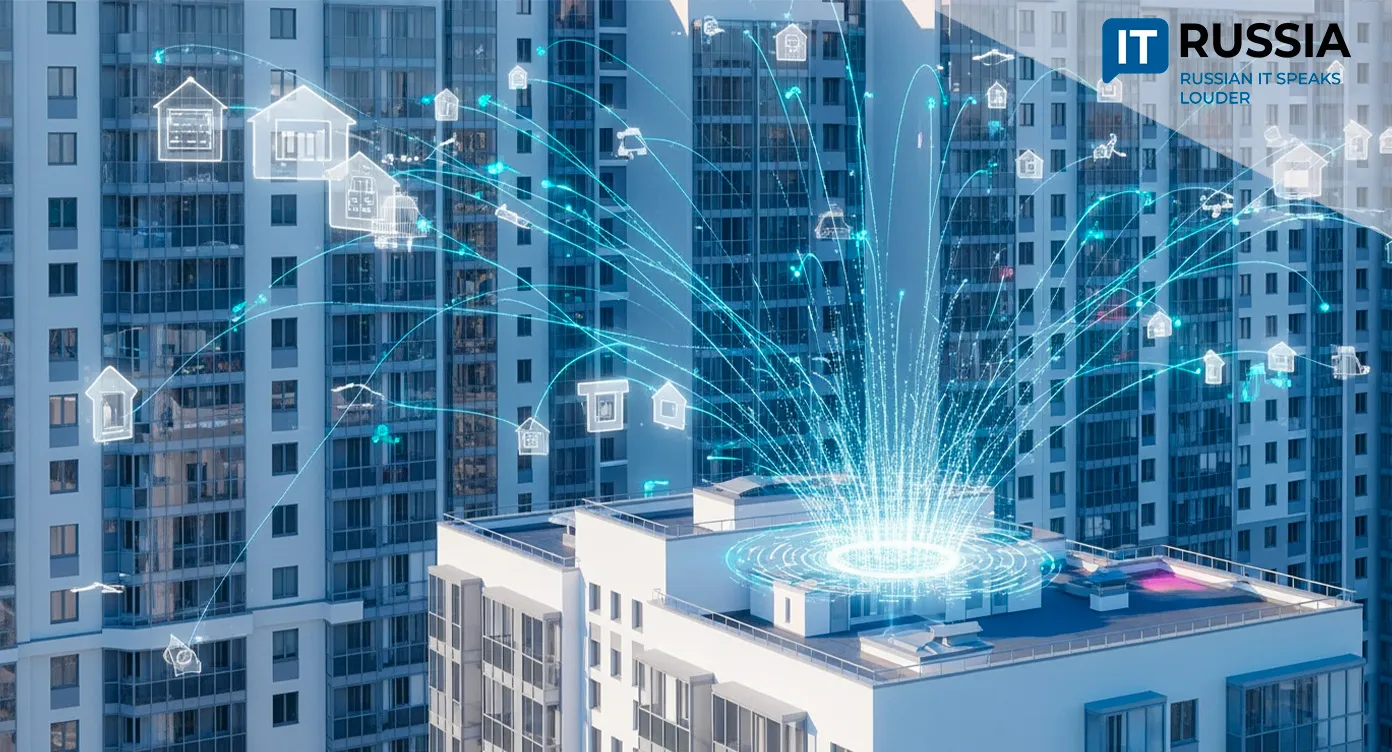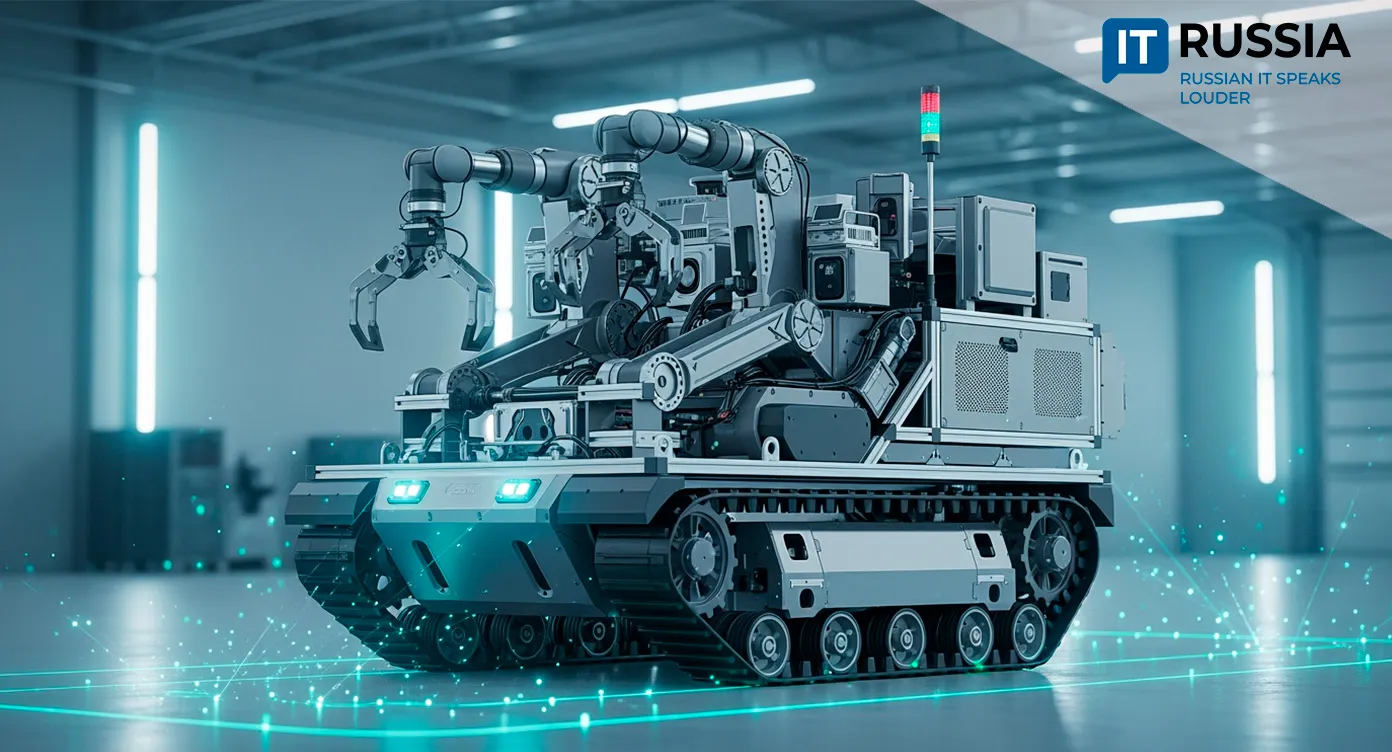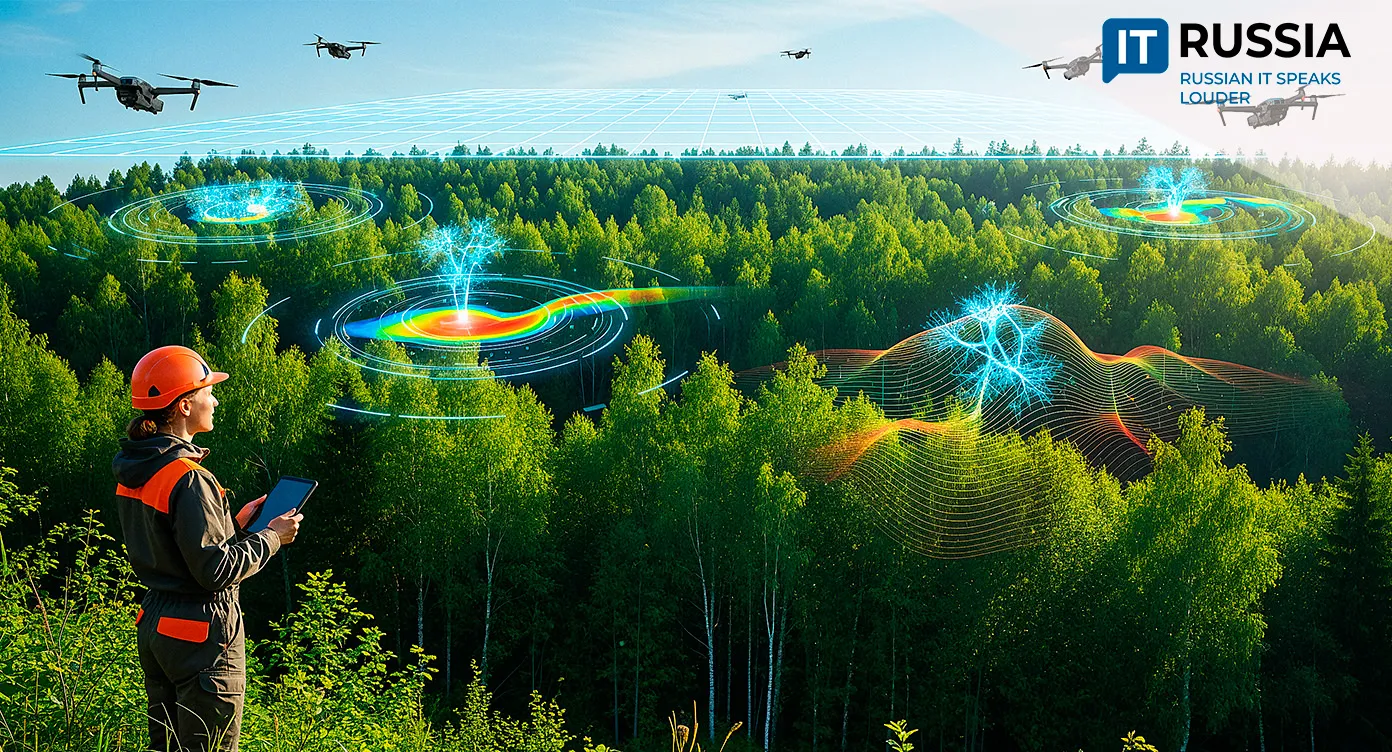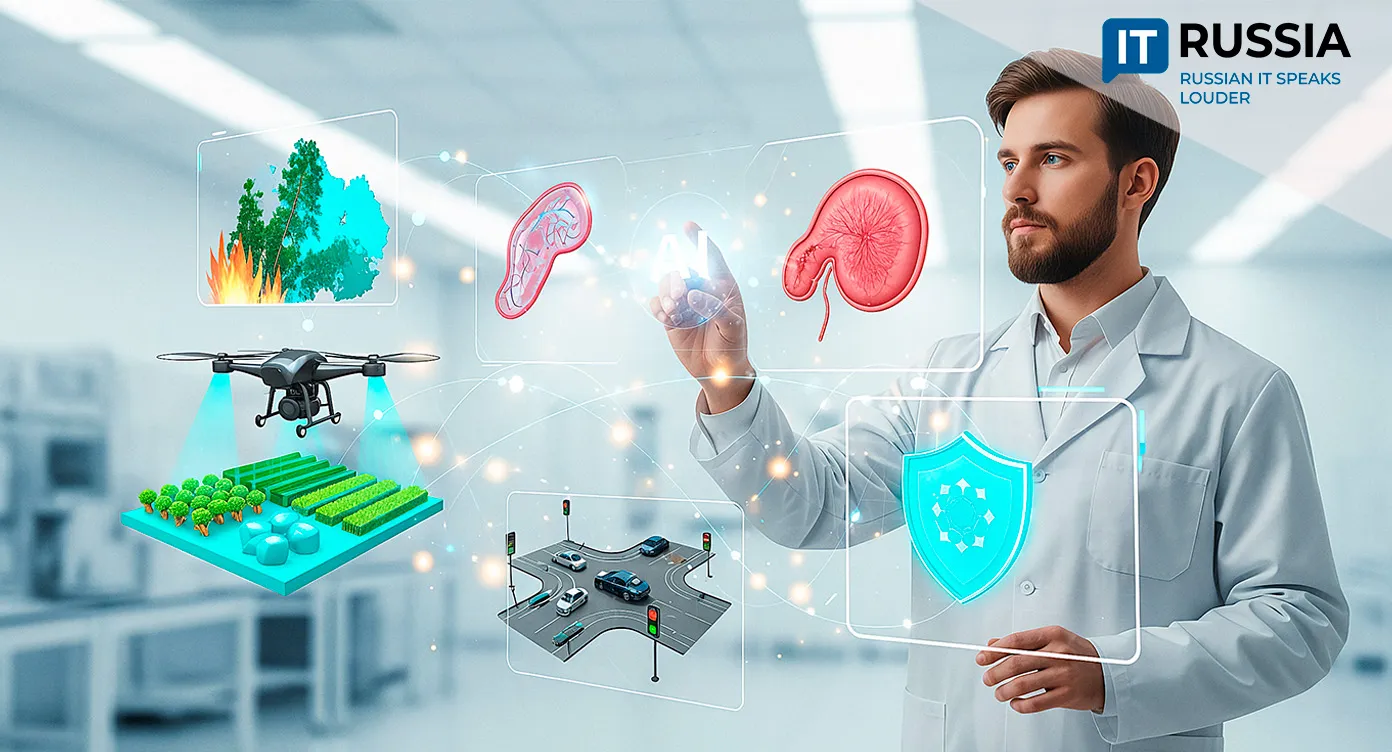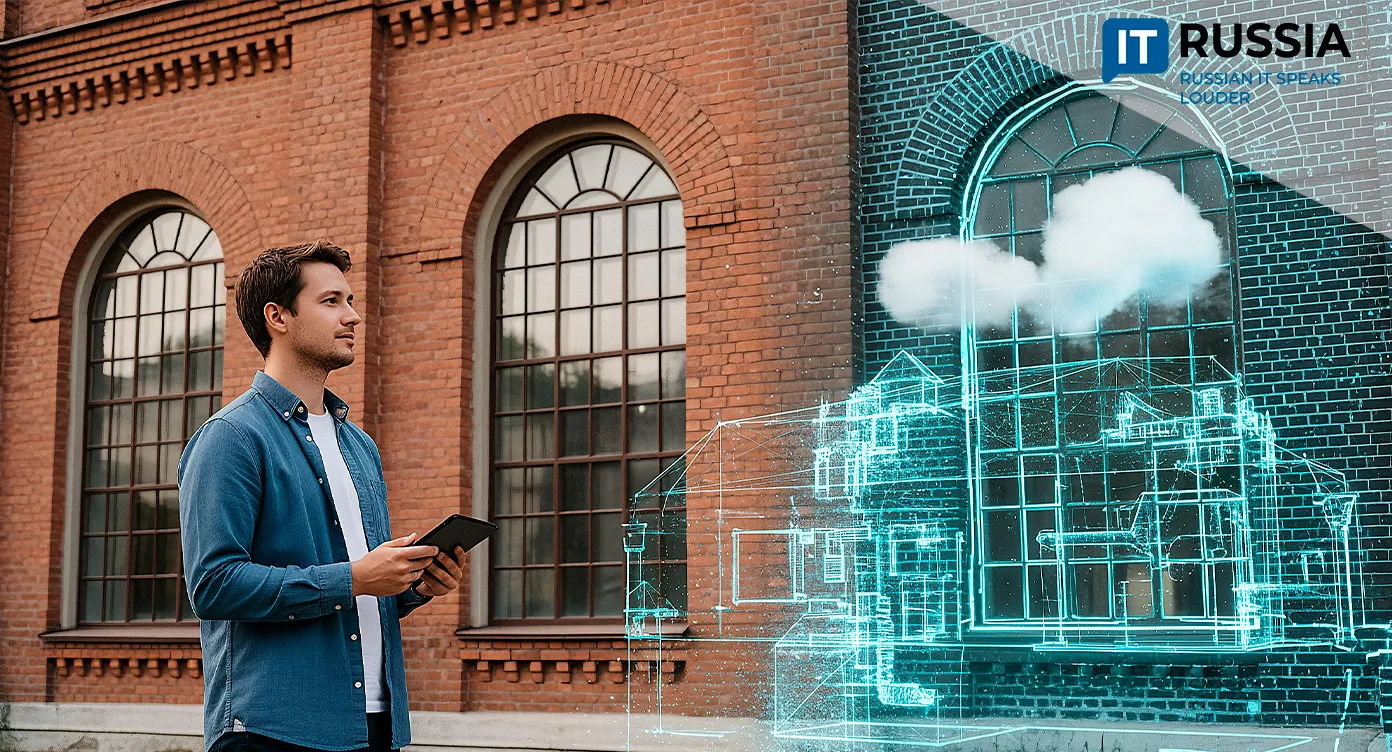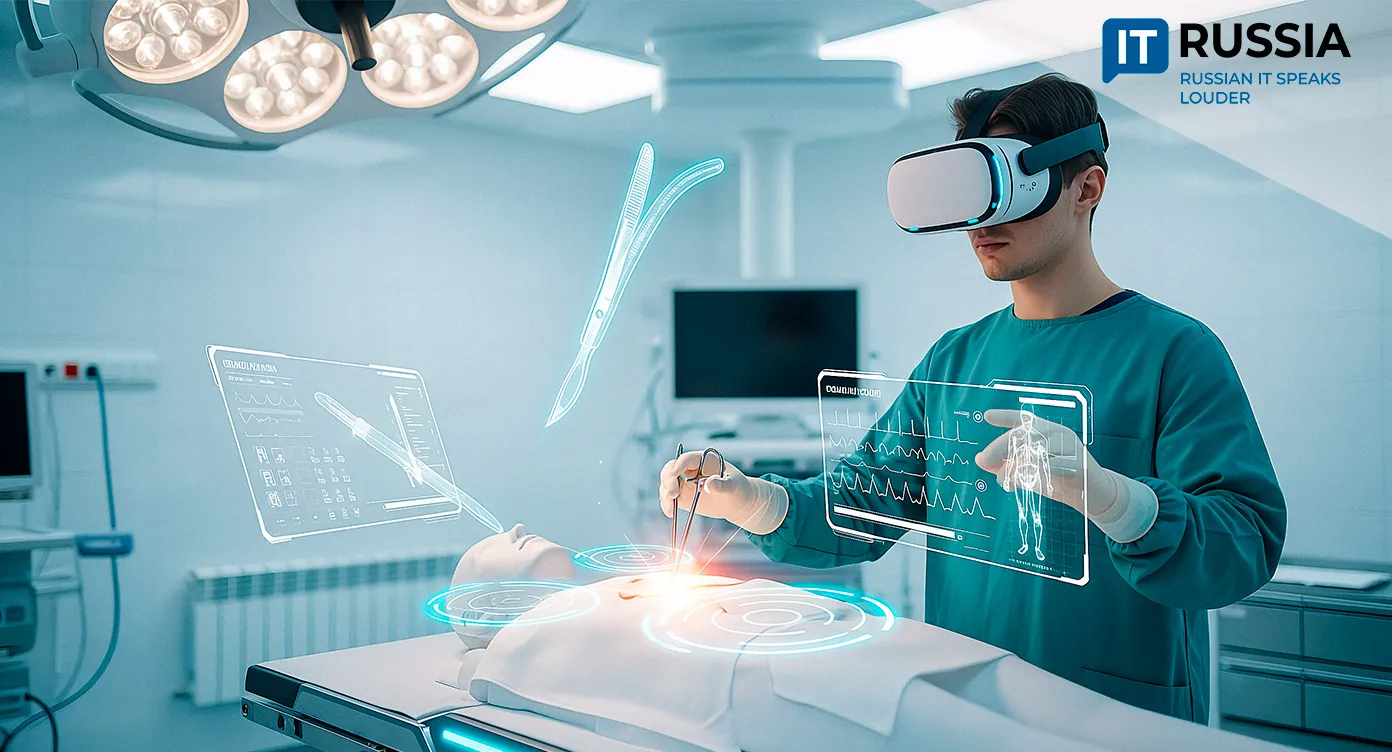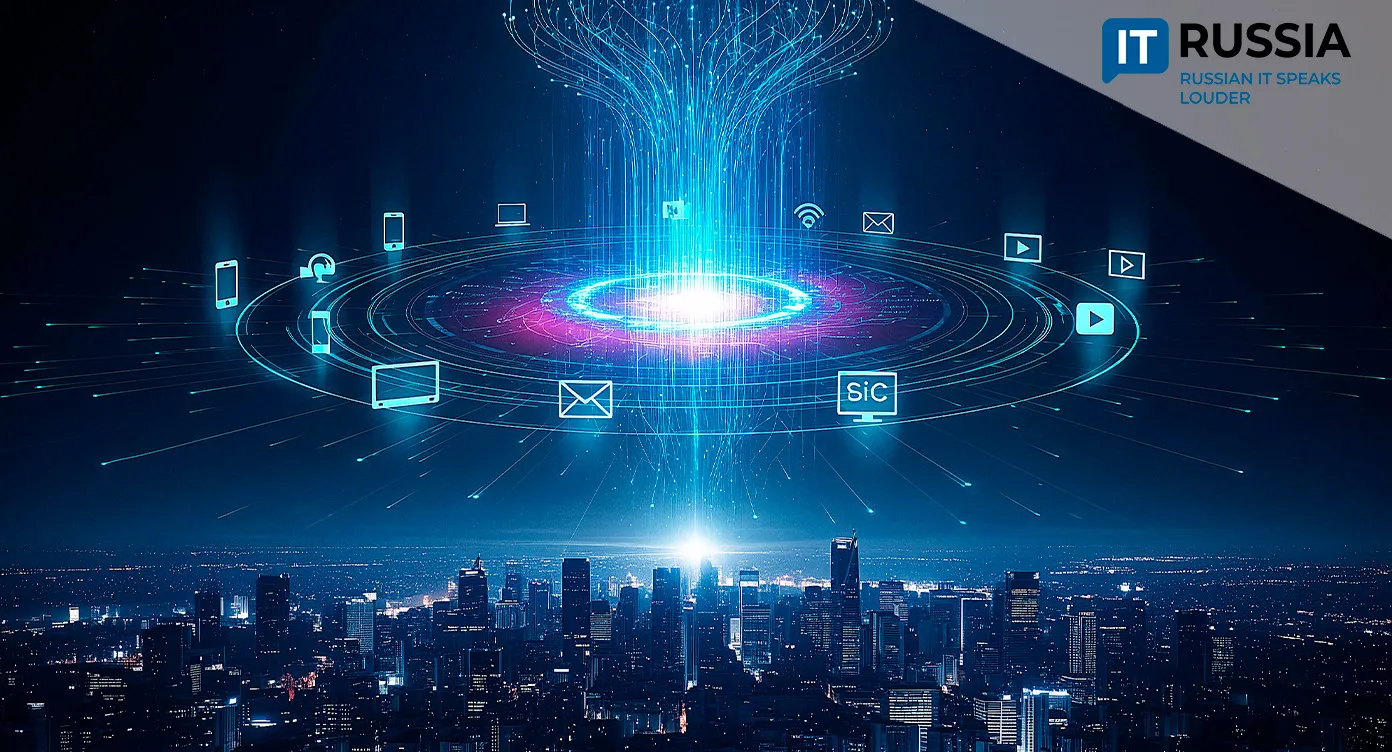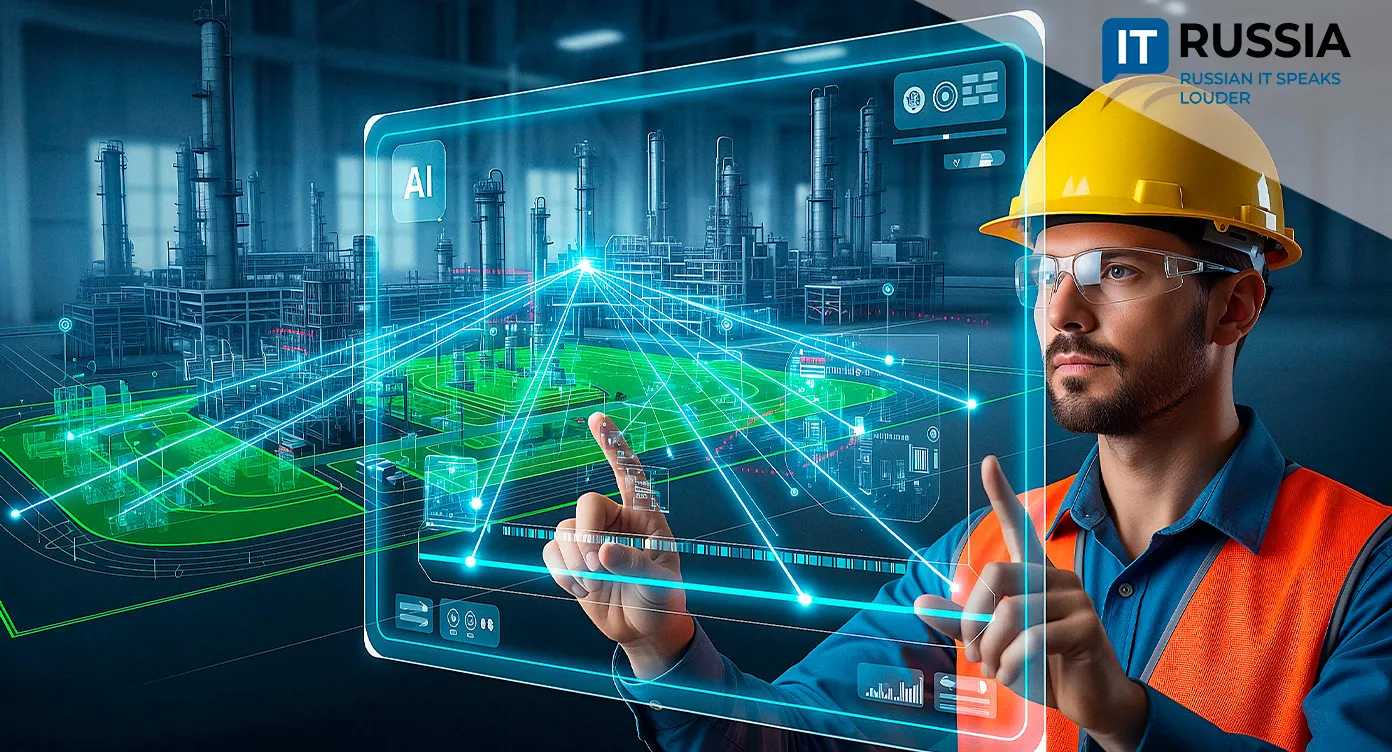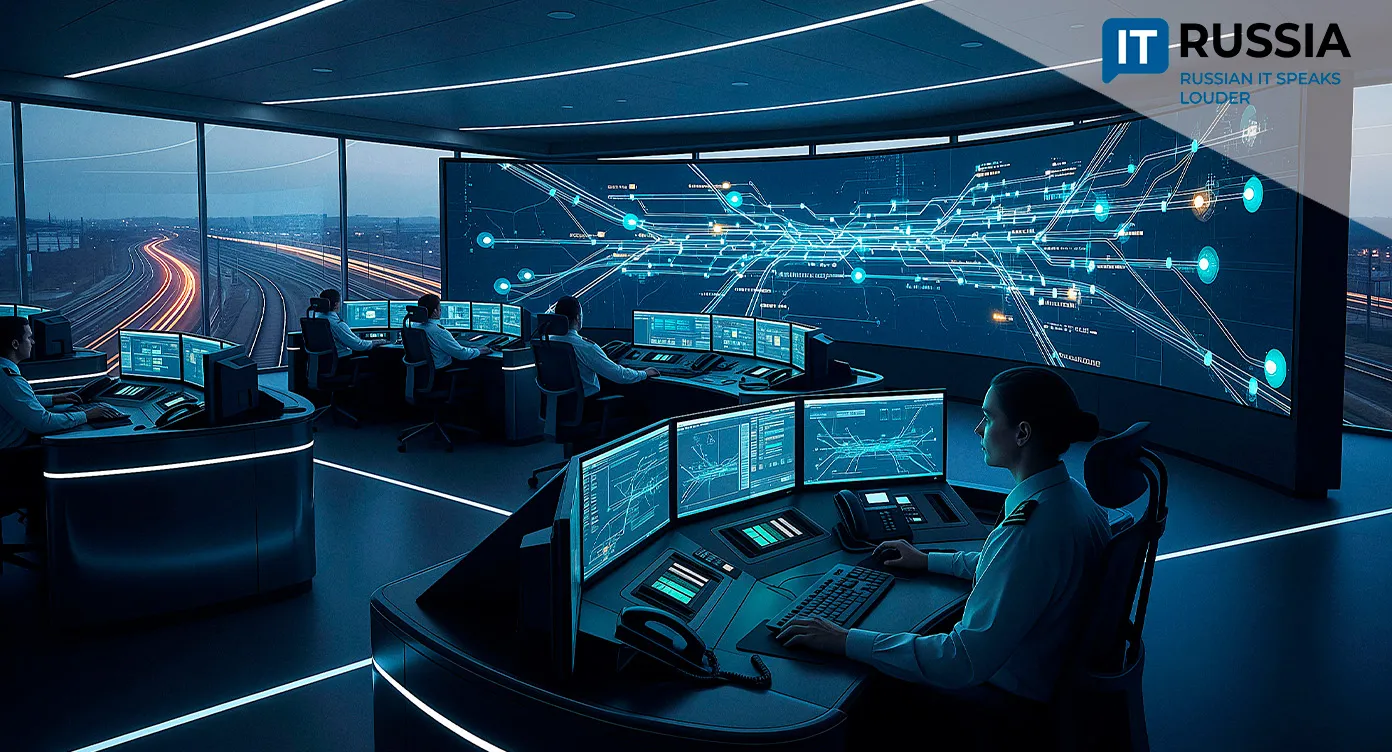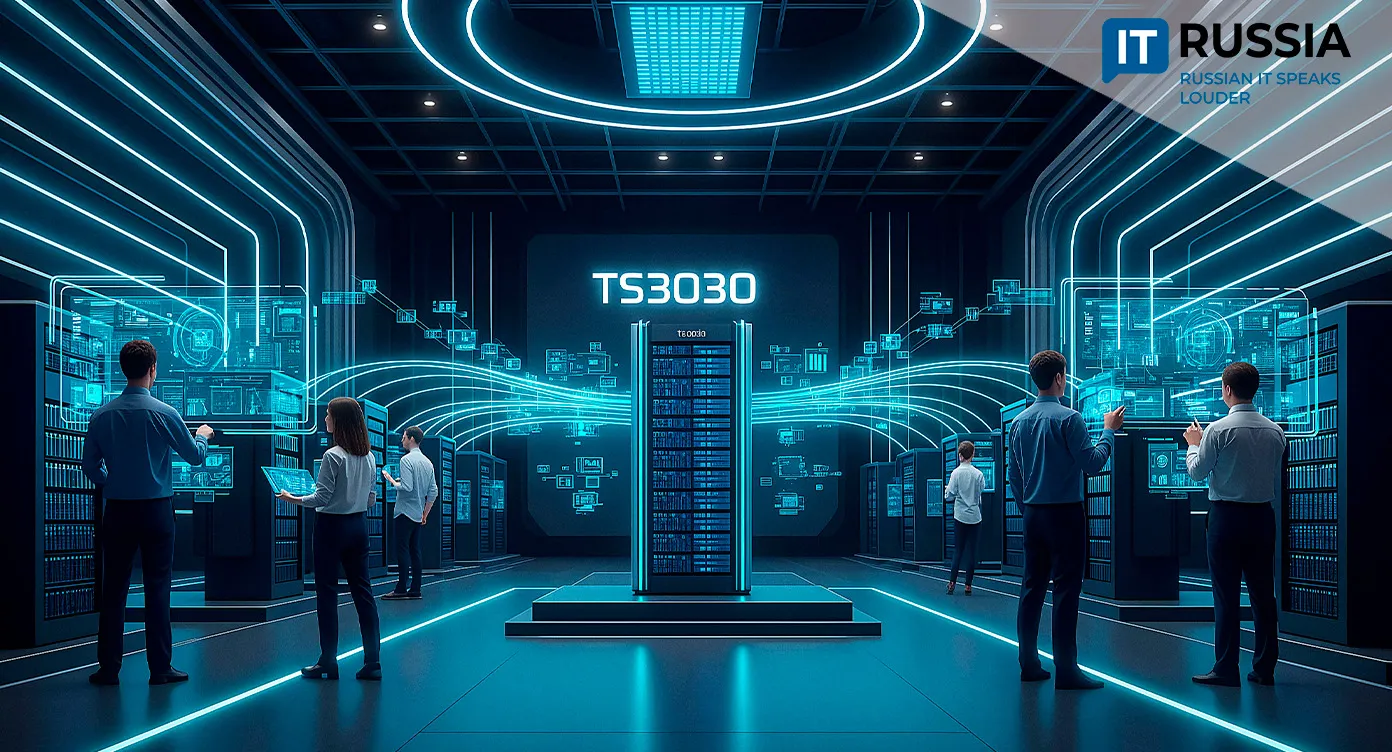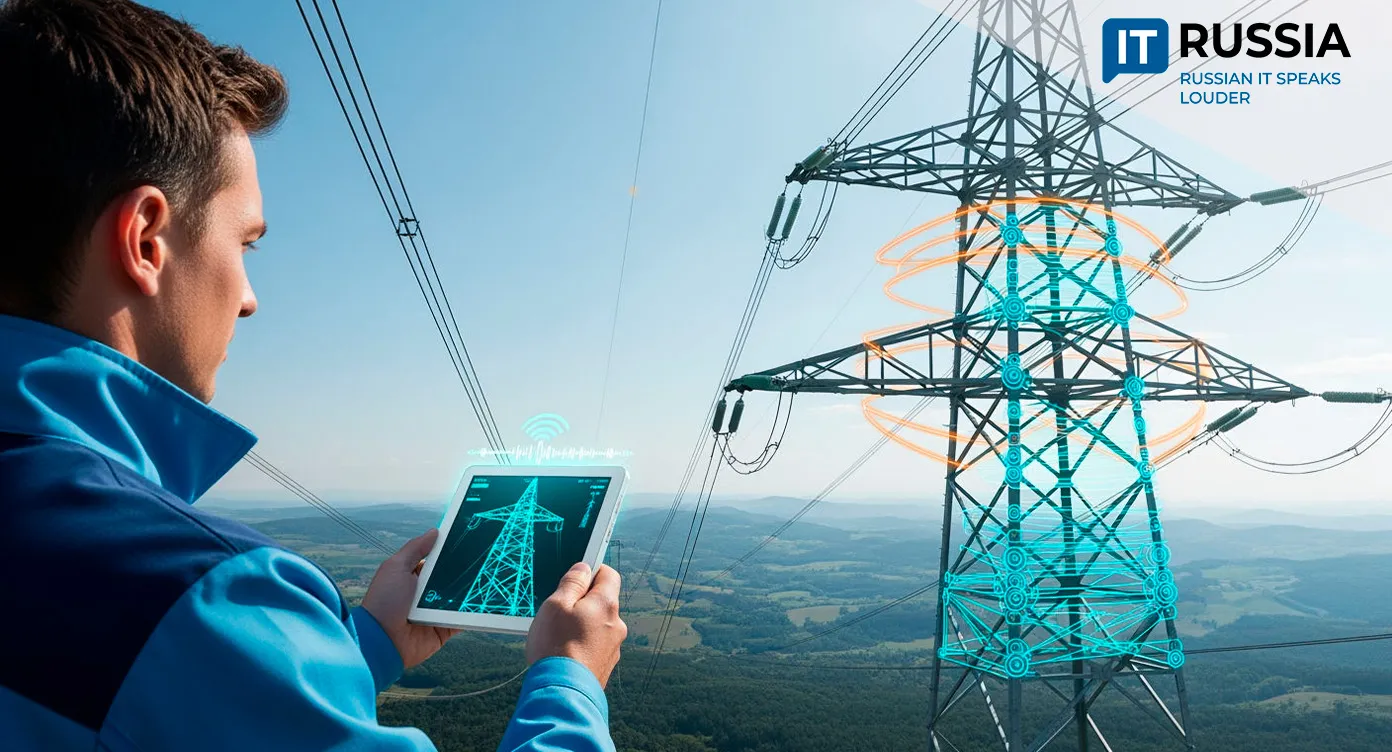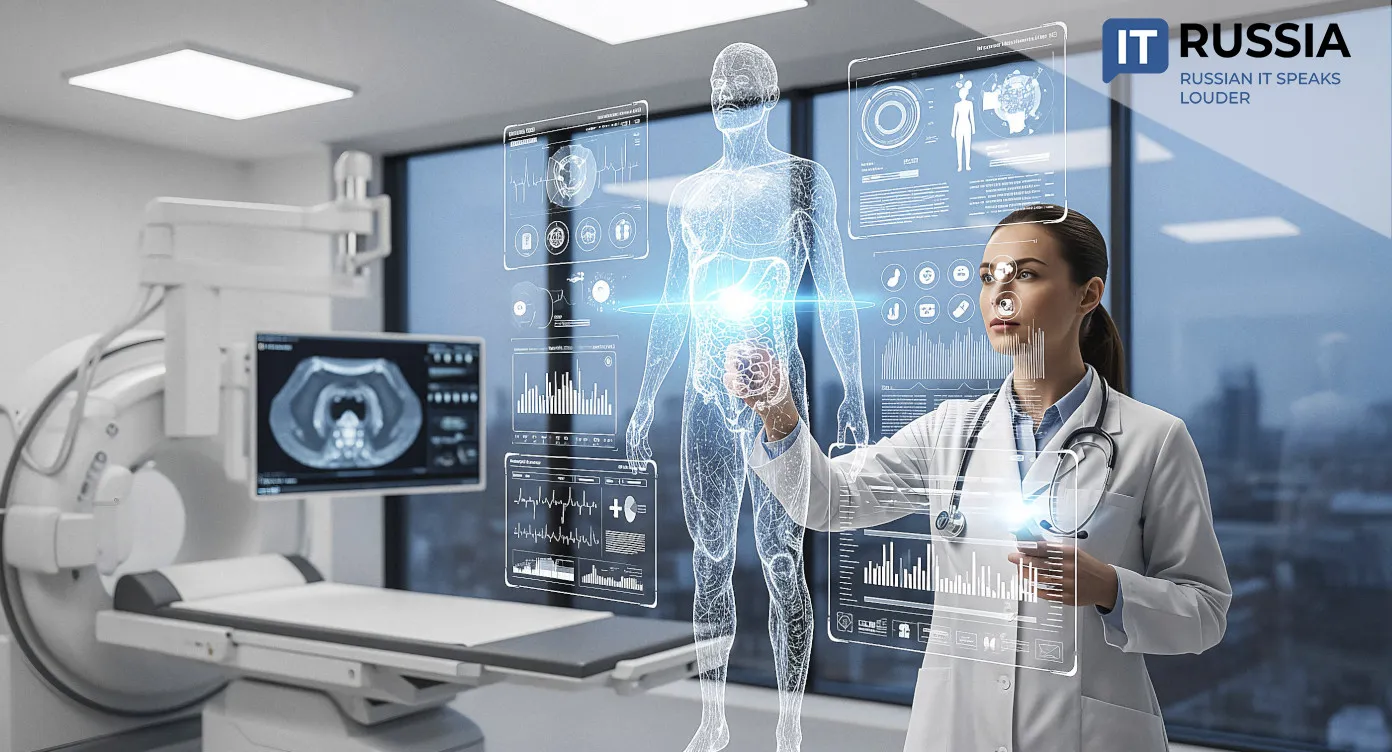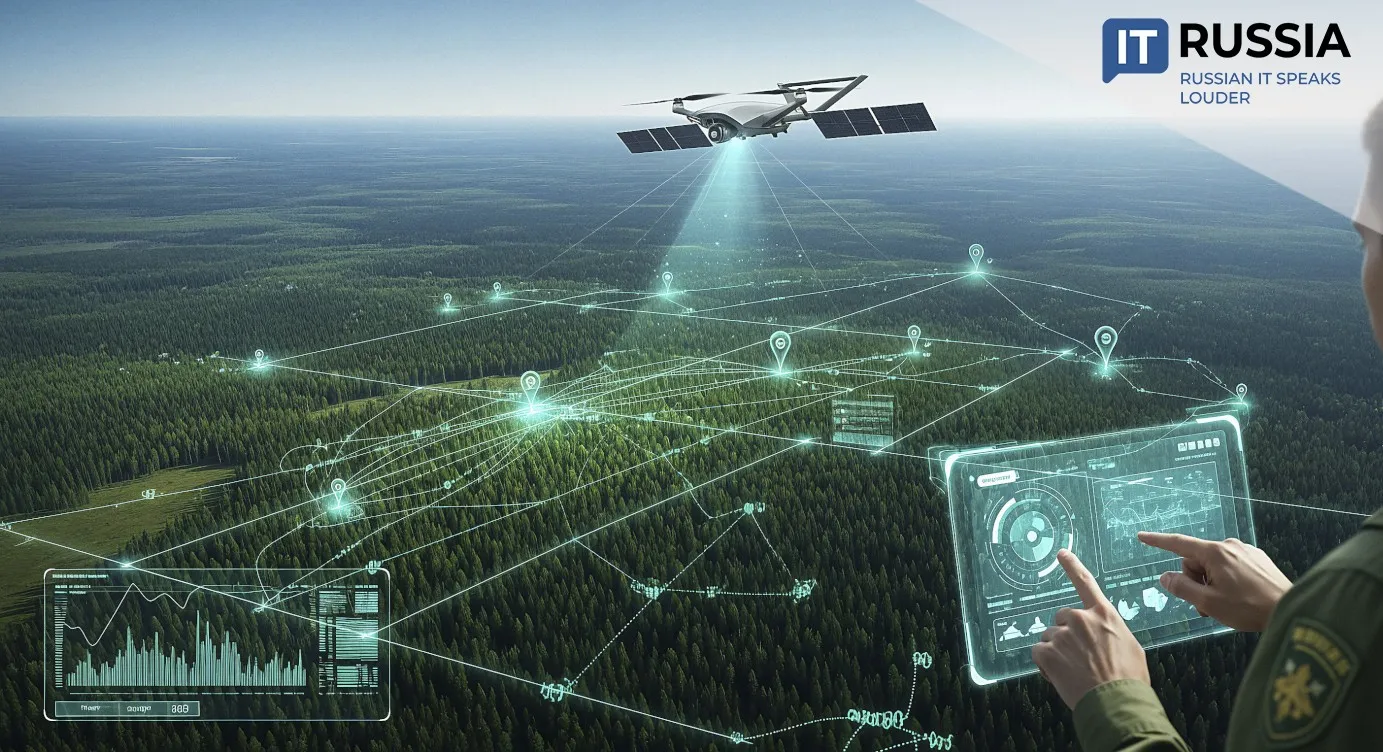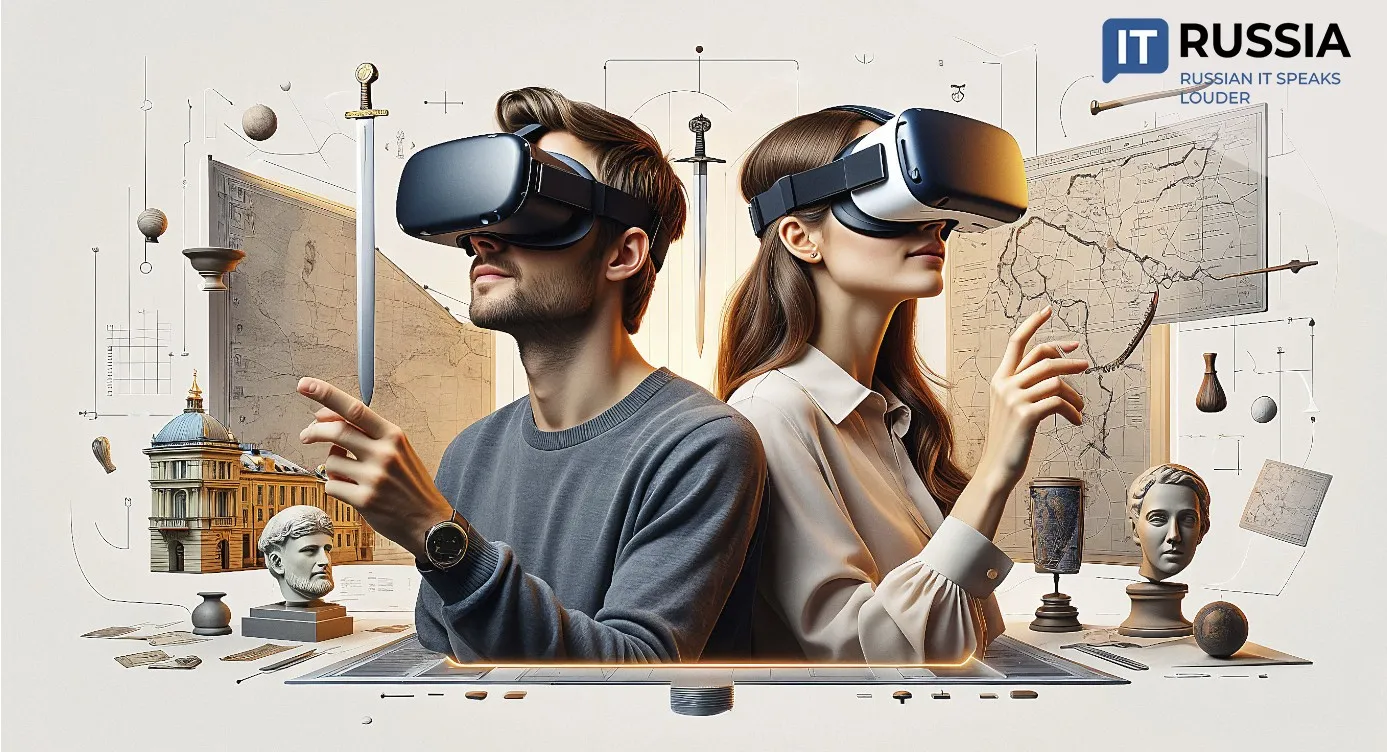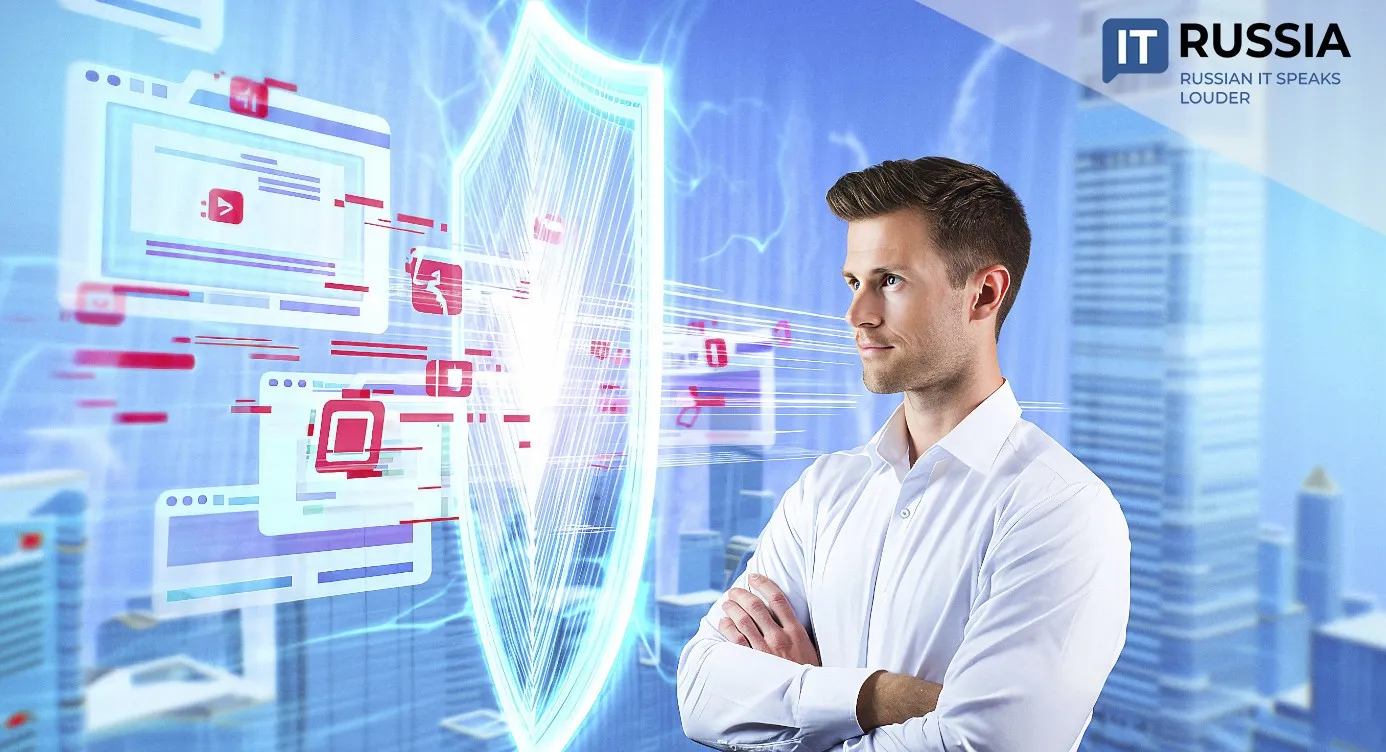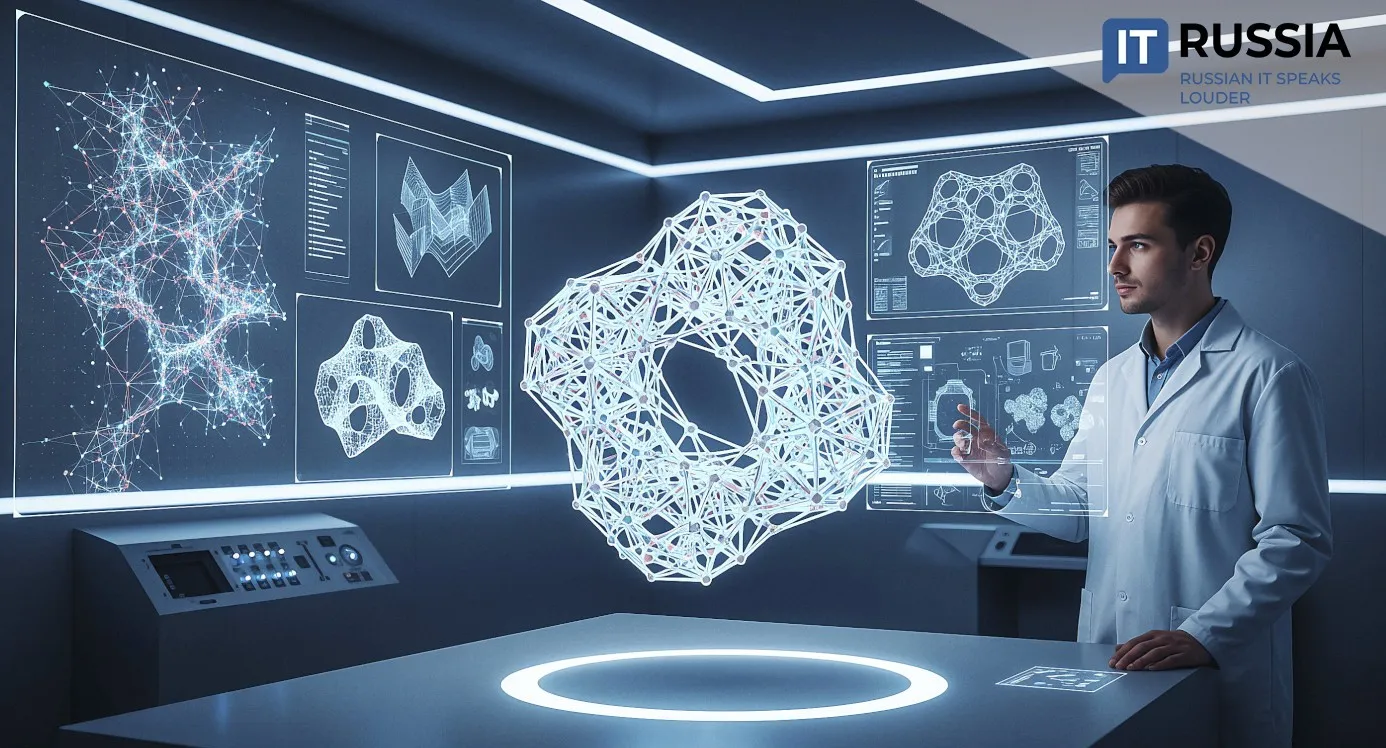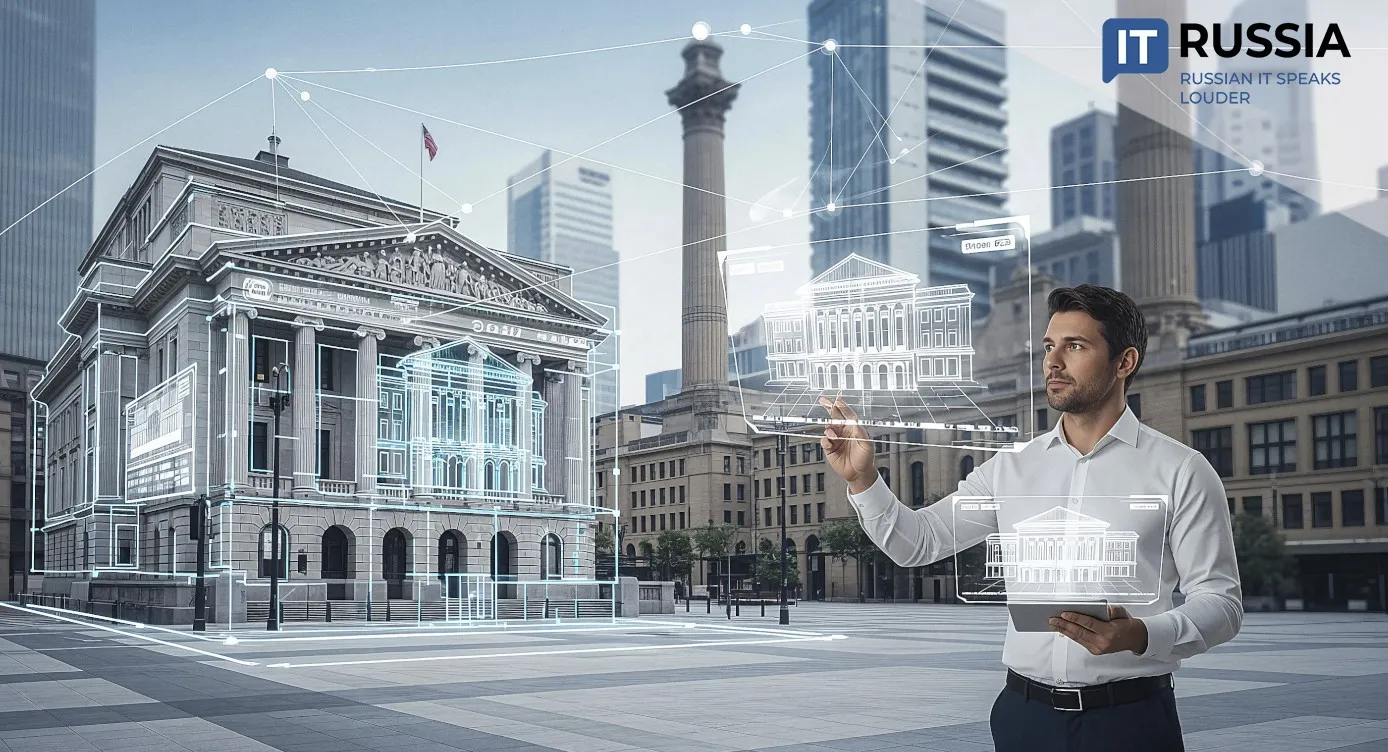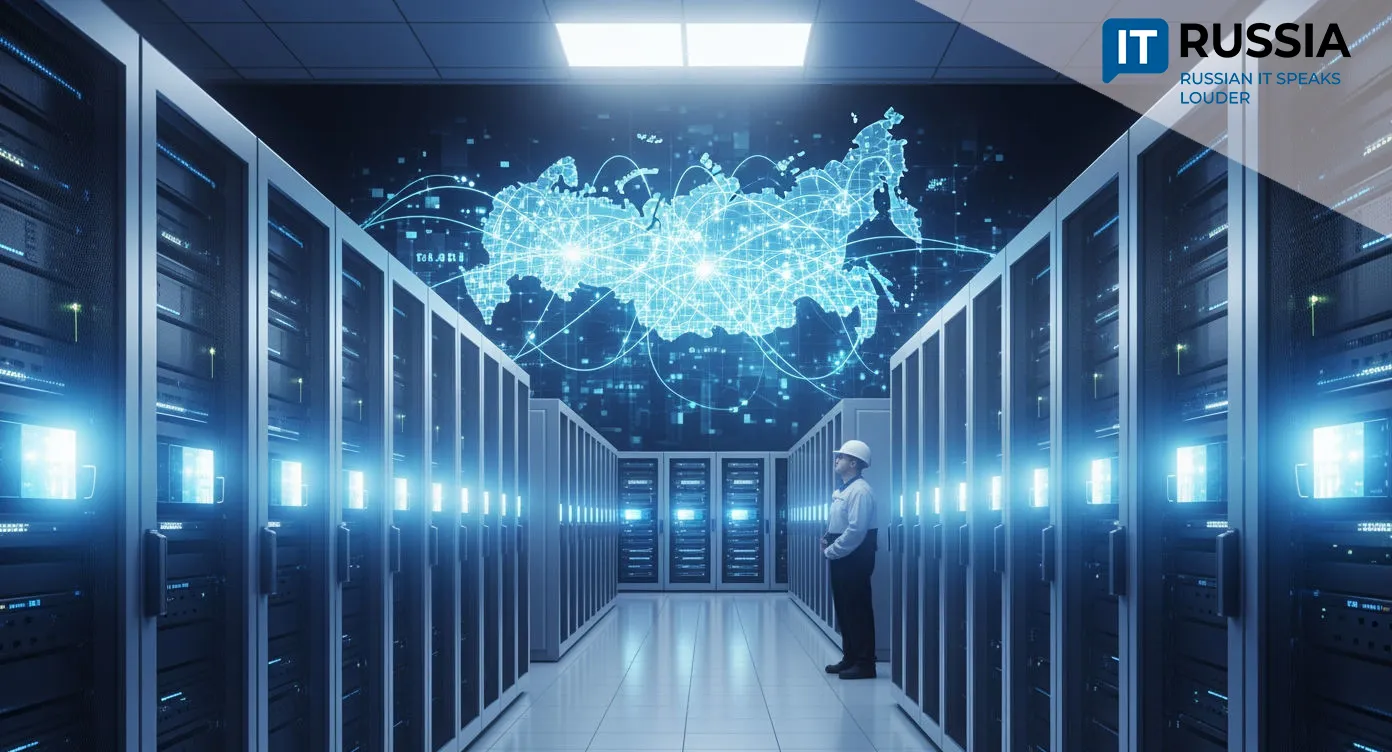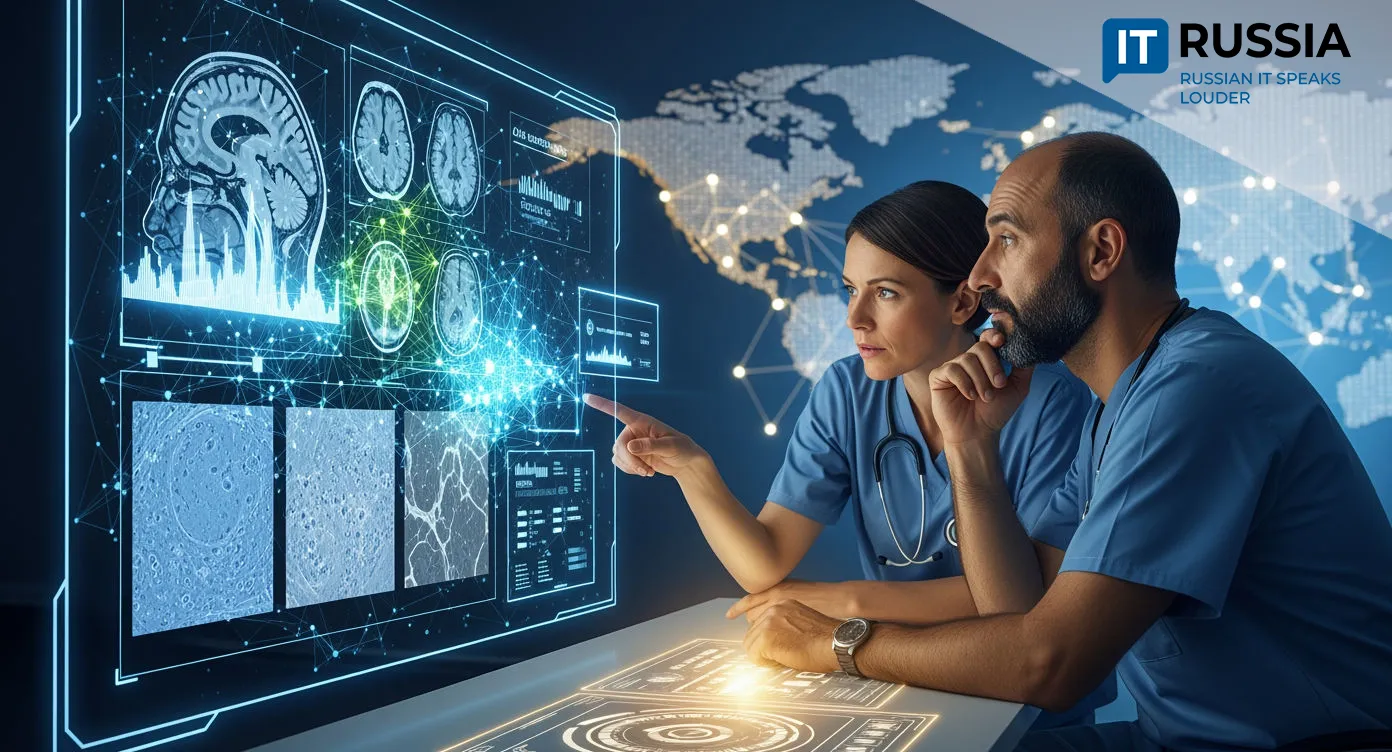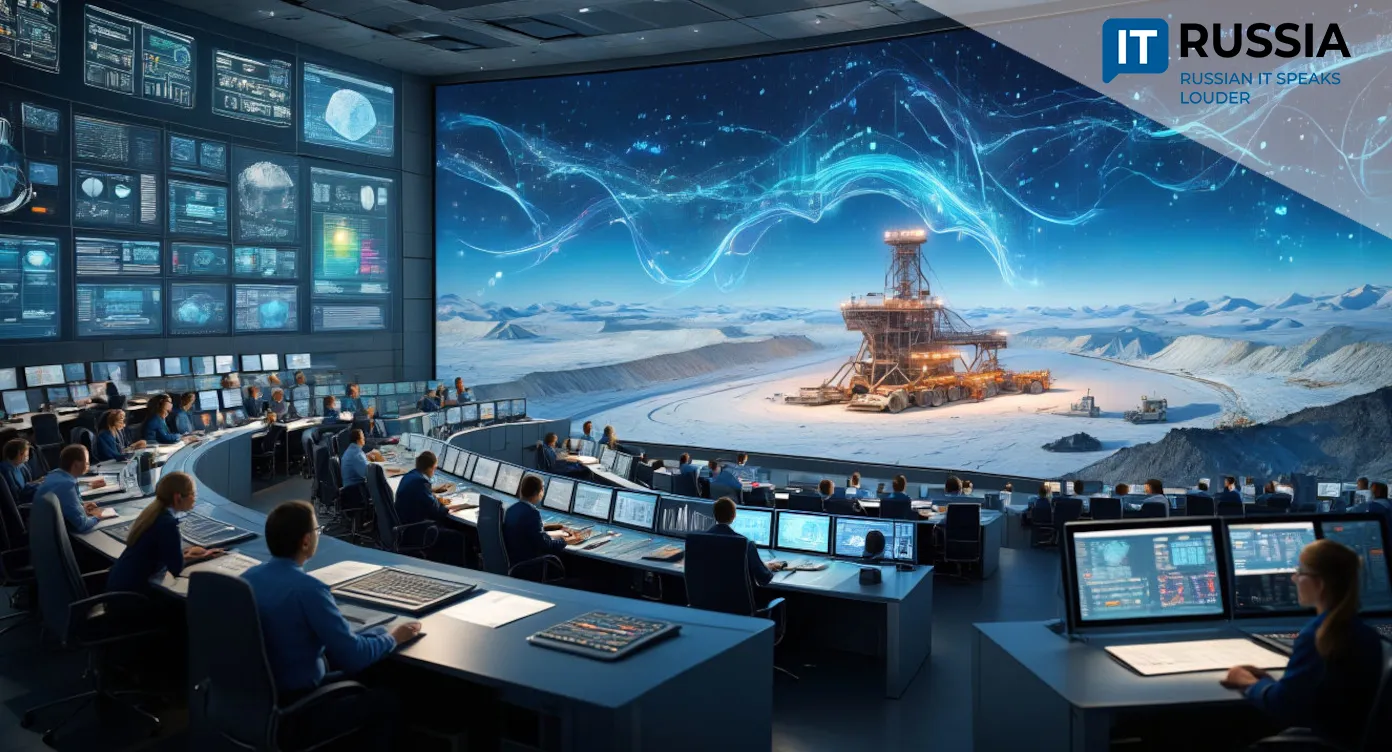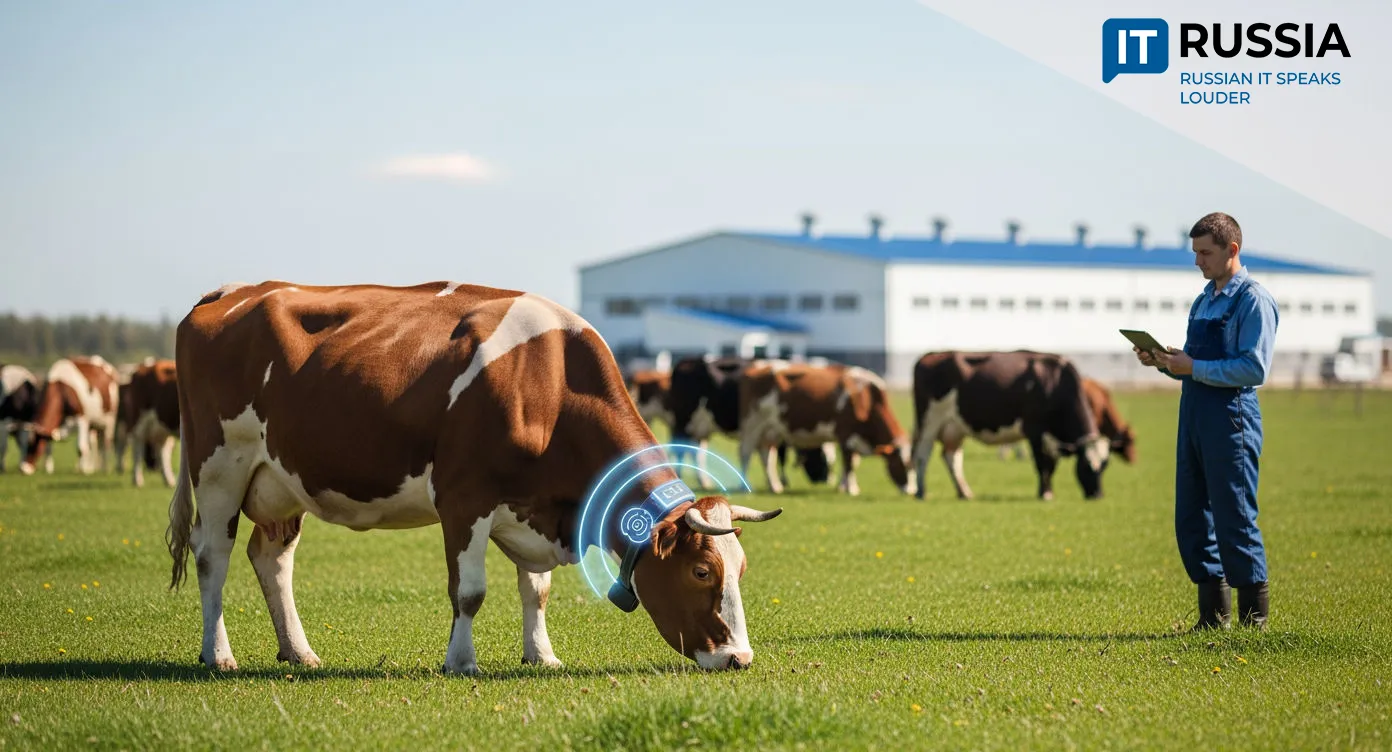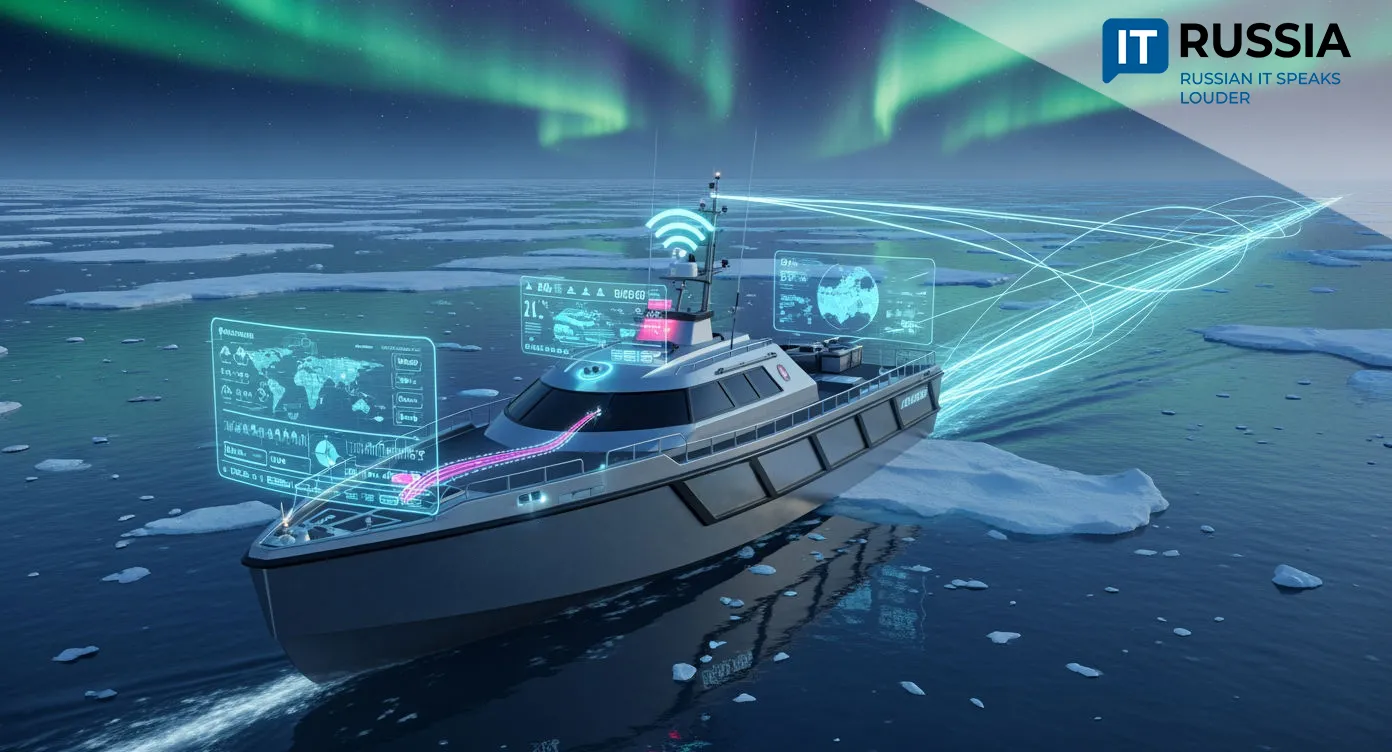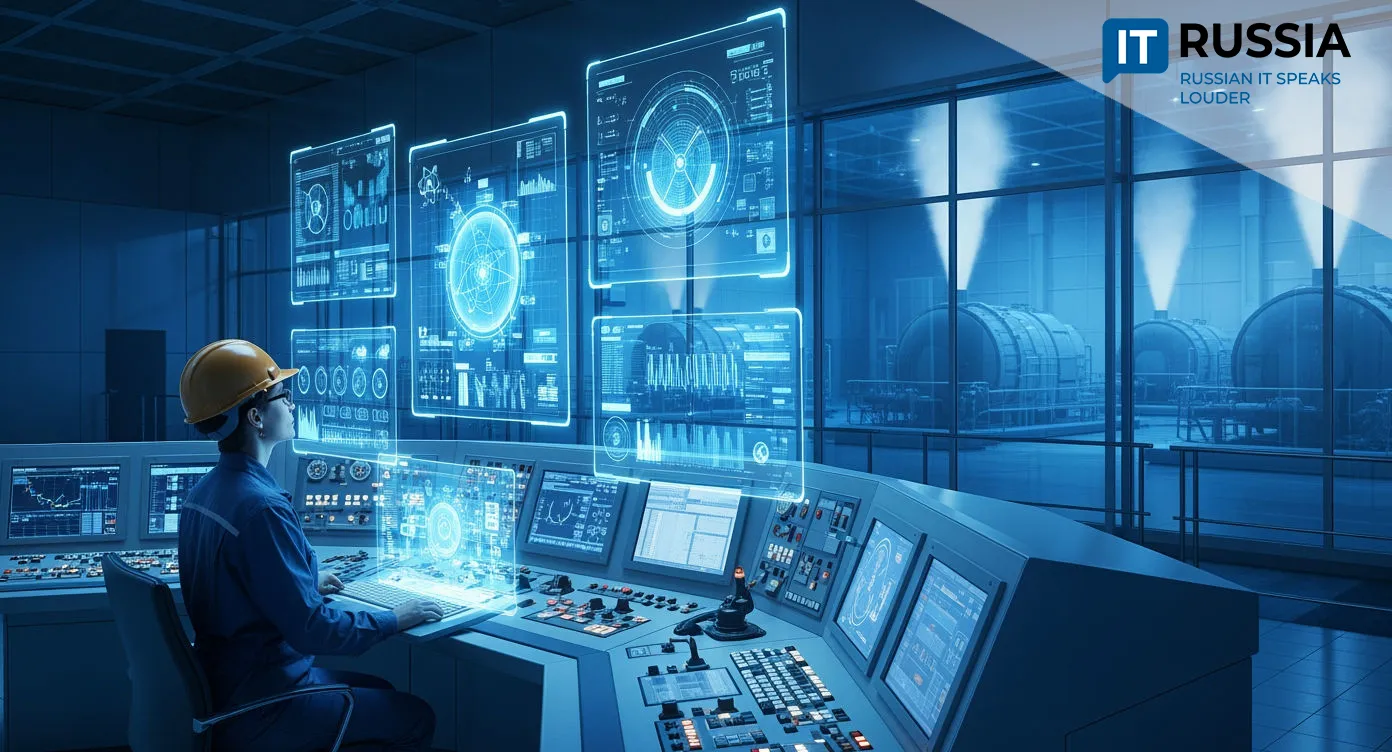In Tune With Nature: How AI Is Transforming Russia’s Urban Neighborhoods
Cities of the future are often imagined as skylines of glass towers and flying cars. But the real urban revolution begins with something smaller—our courtyards, parks, and playgrounds. In Russia, “green AI” is already reshaping public spaces, with a pilot project in Krasnodar showing how algorithms can make cities more sustainable and human-friendly.
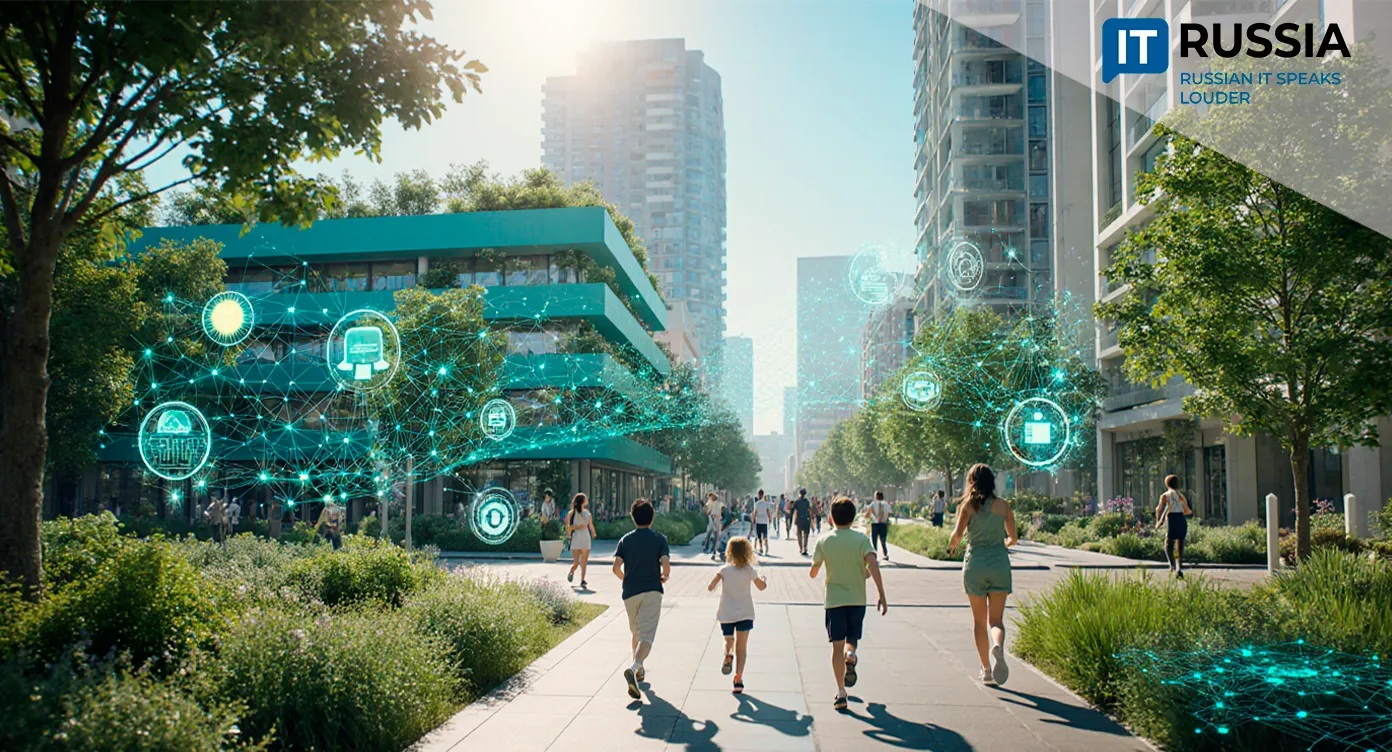
Talking Courtyards and Parks
In Krasnodar, technology “talks” to trees: algorithms decide when to switch on streetlights or irrigation. Officials and developers are looking further, using AI to analyze topography, sunlight, wind patterns, and even daily routes of residents. The insights guide planners to design optimal locations for playgrounds, sports facilities, and scenic views.
Within the next five to ten years, the vision is for public spaces to become even more “conversational.” Parks will adapt to weather, suggest walking routes, and create dynamic experiences with light and shade. Already, these spaces are saving energy through adaptive lighting and conserving water with smart drainage systems.
Krasnodar’s case demonstrates that “smart city” practices can thrive at the regional level. It aligns with Russia’s Ministry of Construction agenda for digital urban environments and energy efficiency. The key lesson: advanced technologies are not exclusive to capitals—they can drive growth anywhere.
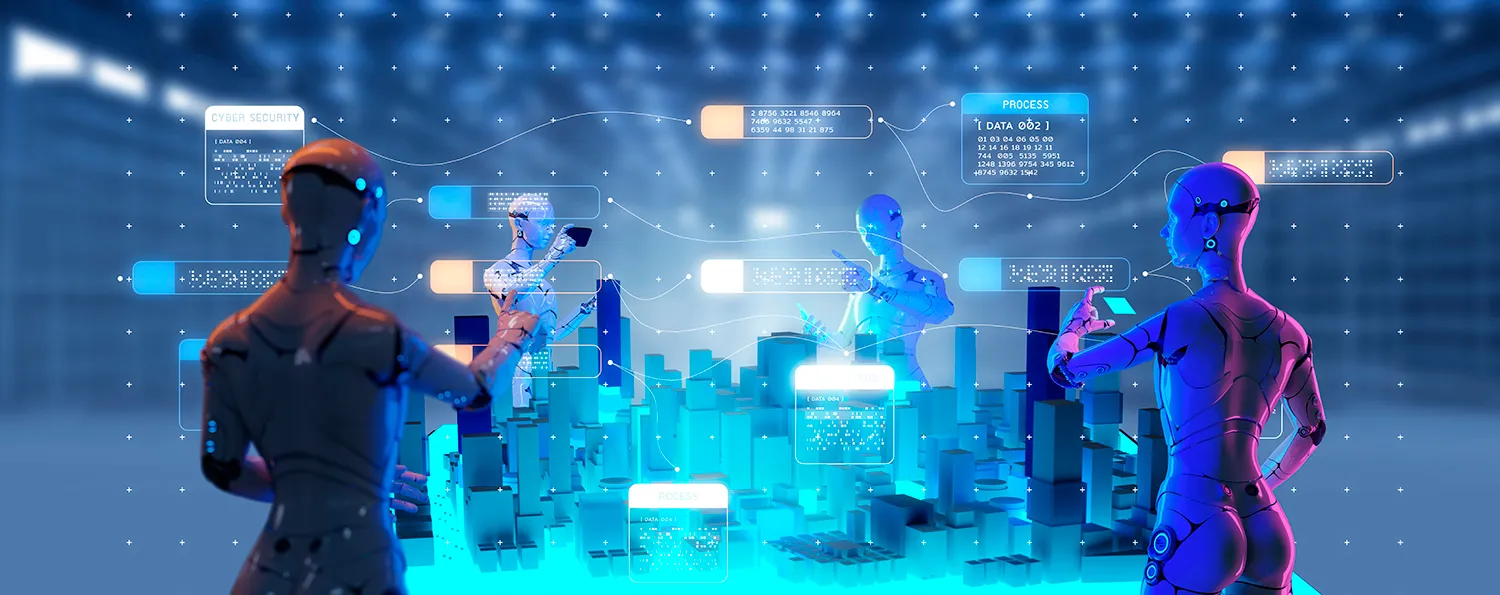
Neural Networks Expand Nationwide
The Ministry of Construction is scaling the “Smart City” project across Russia, building frameworks and standards for AI-driven practices nationwide. In housing and utilities, smart energy meters are being deployed on a massive scale. For example, Rostelecom rolled out such meters in the Perm region, proving the readiness of IoT infrastructure and the market for large-scale solutions. These tools promise more accurate and efficient resource accounting.
Moscow is the model. The city not only follows global smart-city trends but sets its own standards. AI-powered traffic cameras detect 13 types of incidents daily. The capital is expanding its network of adaptive streetlights, with over 375,000 devices already installed, cutting electricity use significantly.
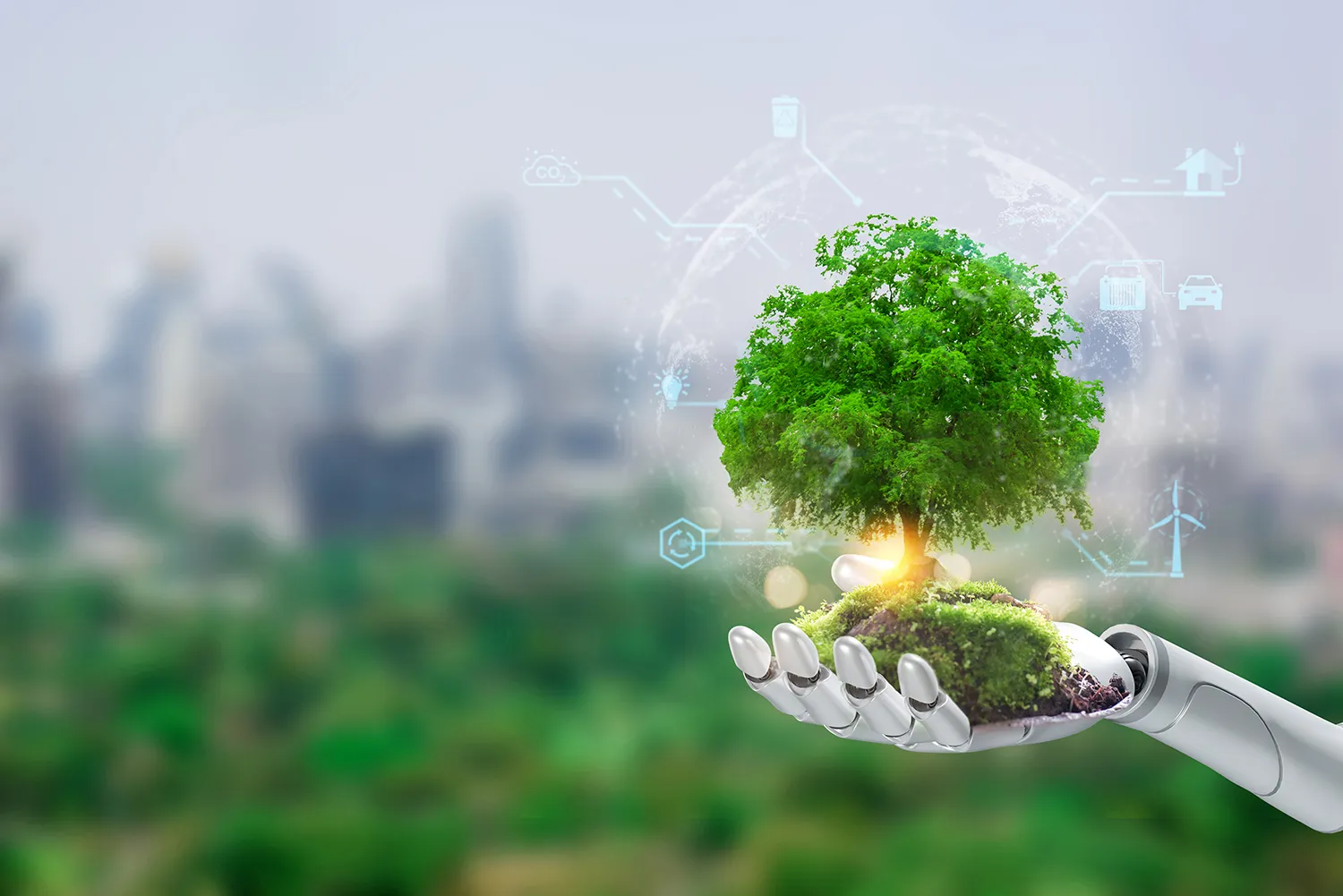
Every year, Moscow implements more than 300 digital projects across municipal services and social programs. Nationwide, more than 237 cities now have smart-city solutions in place.
Comfortable and Sustainable
For Russia, “green AI” has a clear growth trajectory. The next logical step is integrating regional solutions into the federal Smart City project. This would scale the Krasnodar experience to other regions, especially in the south, where water shortages and hot climates make conservation urgent.
The international potential is equally promising. Russian developers, having refined their solutions locally, can market ready-made platforms, sensors, and services to countries with similar climates.
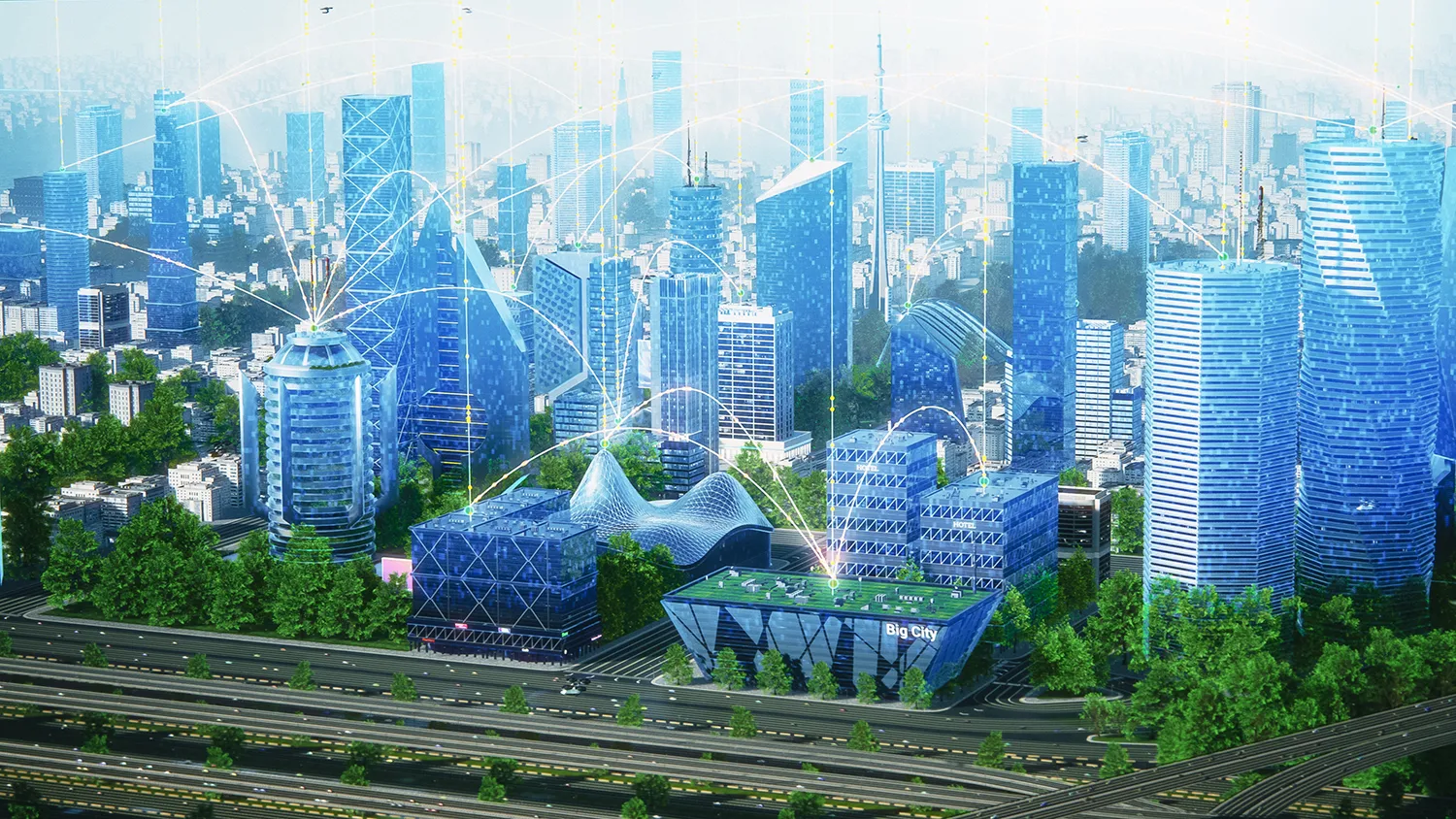
Here, “green AI” stops being a concept and becomes a practical tool—making cities not just more technological, but also more comfortable, efficient, and people-centered.



